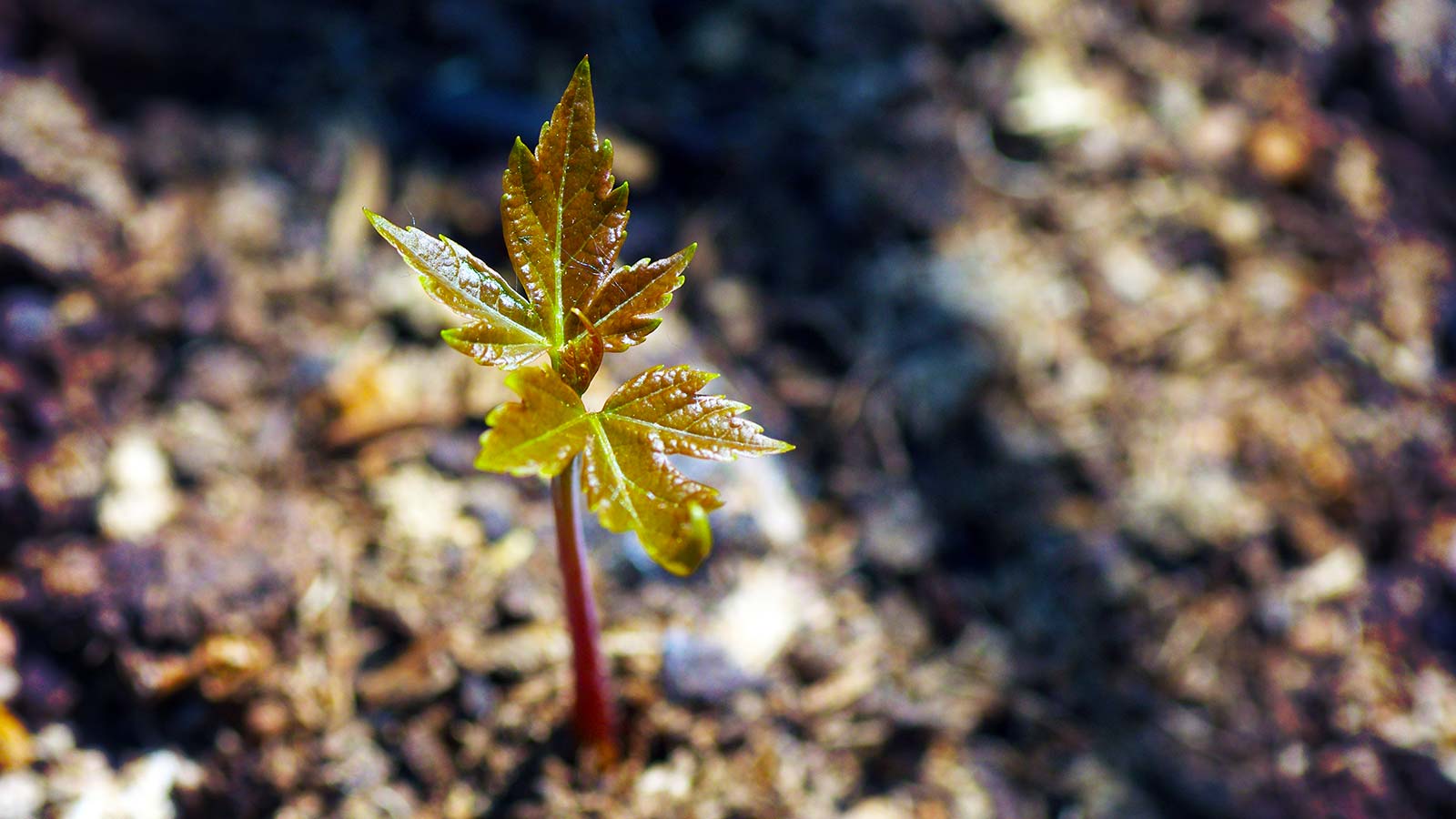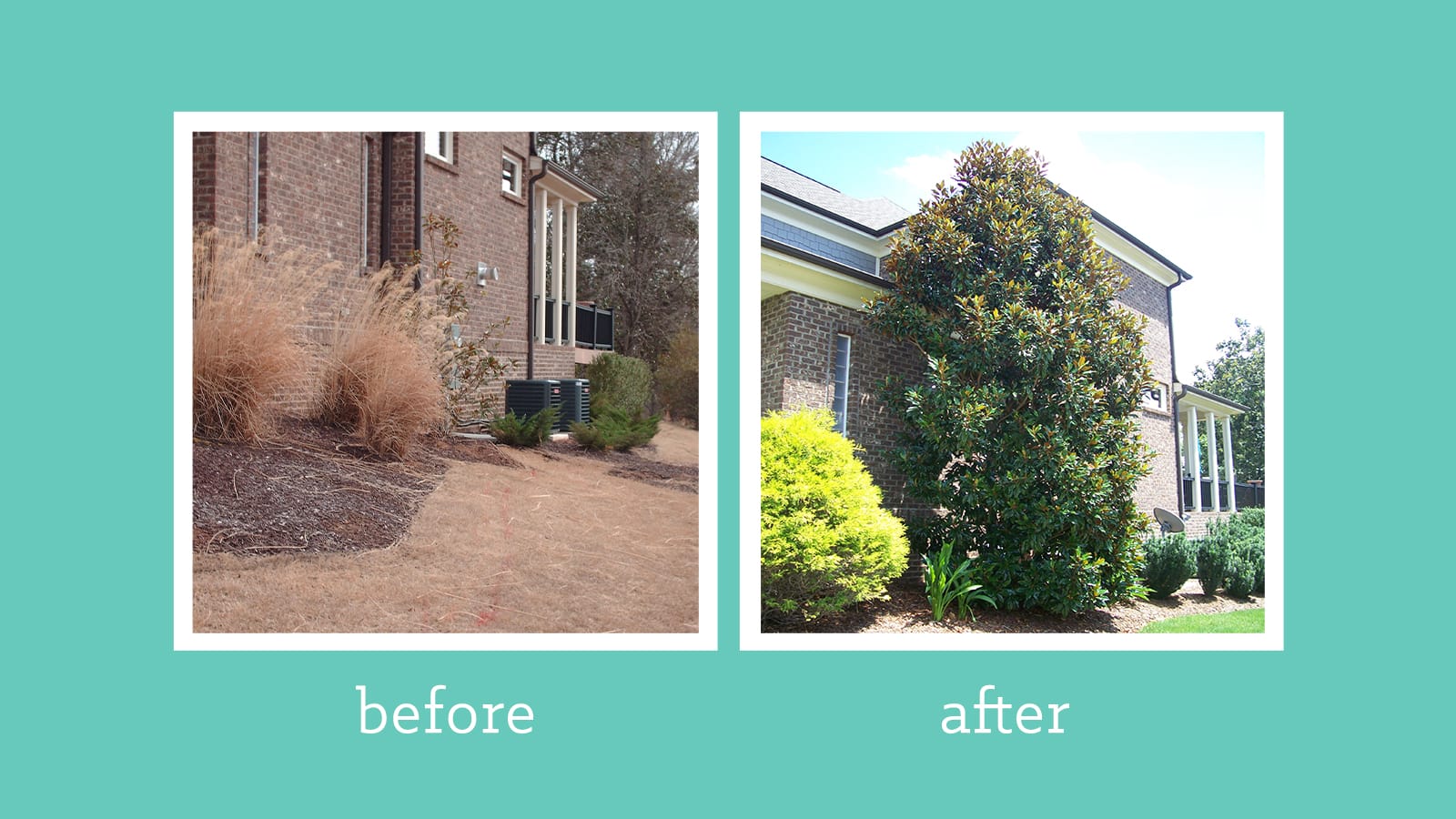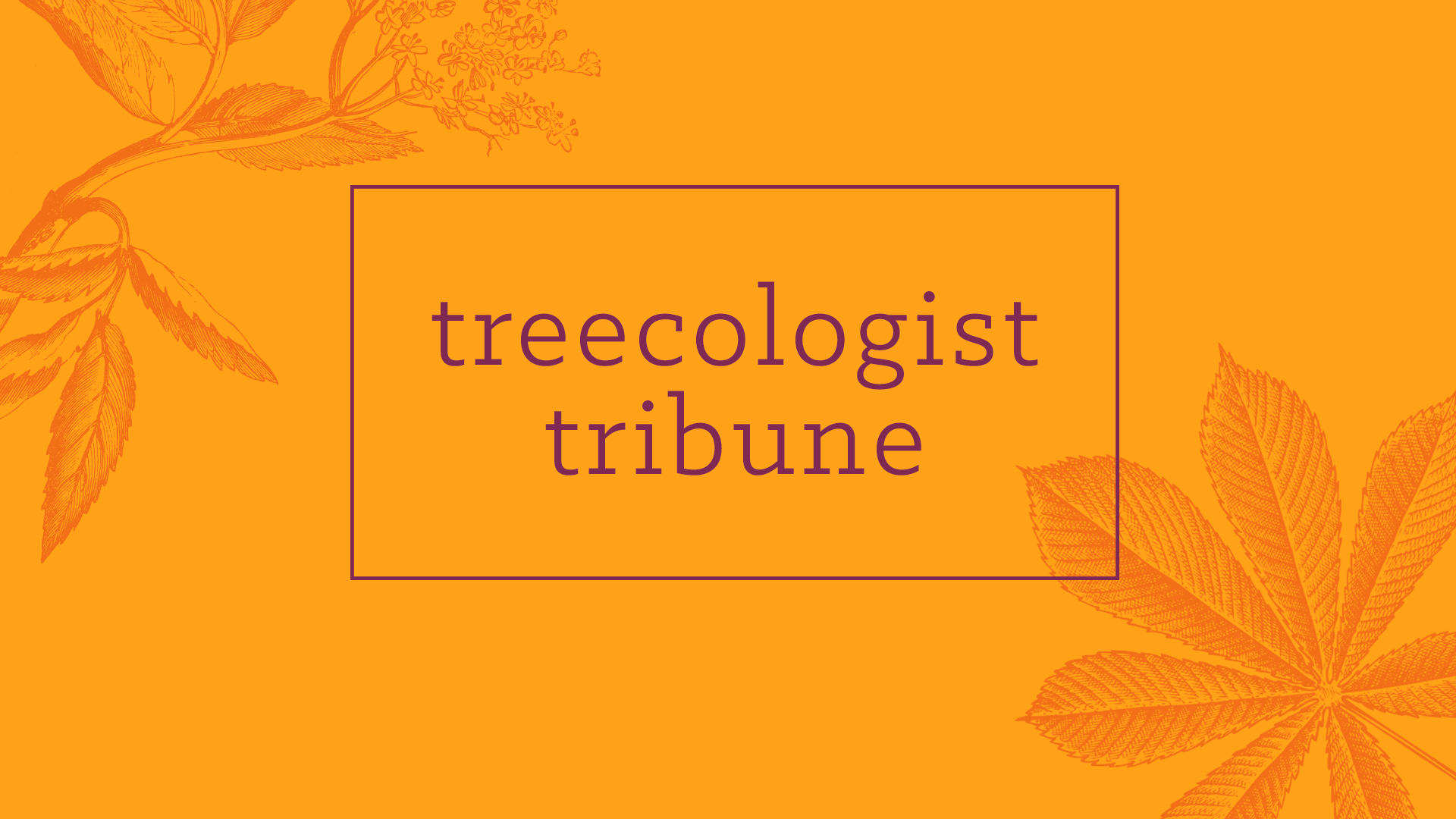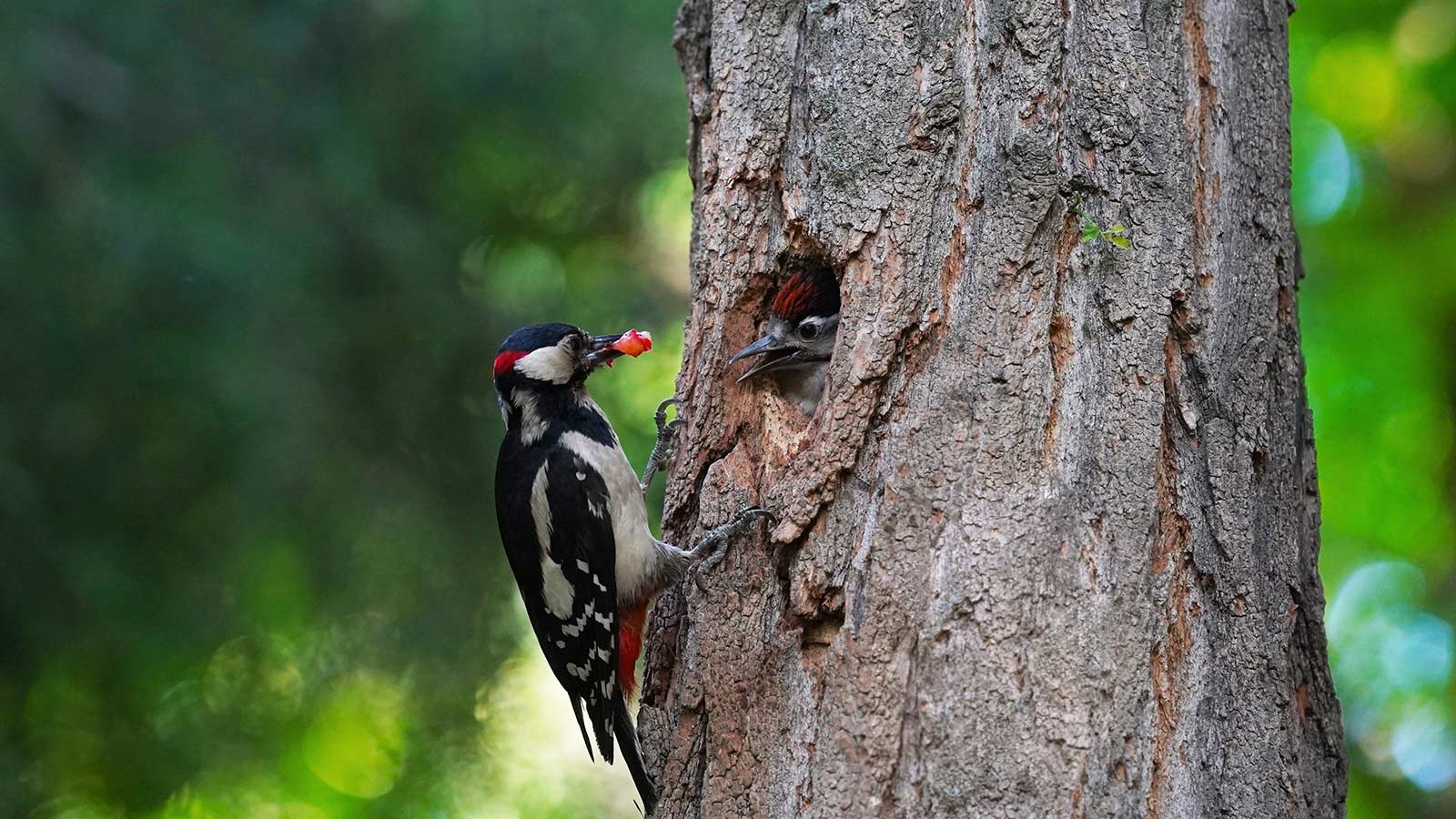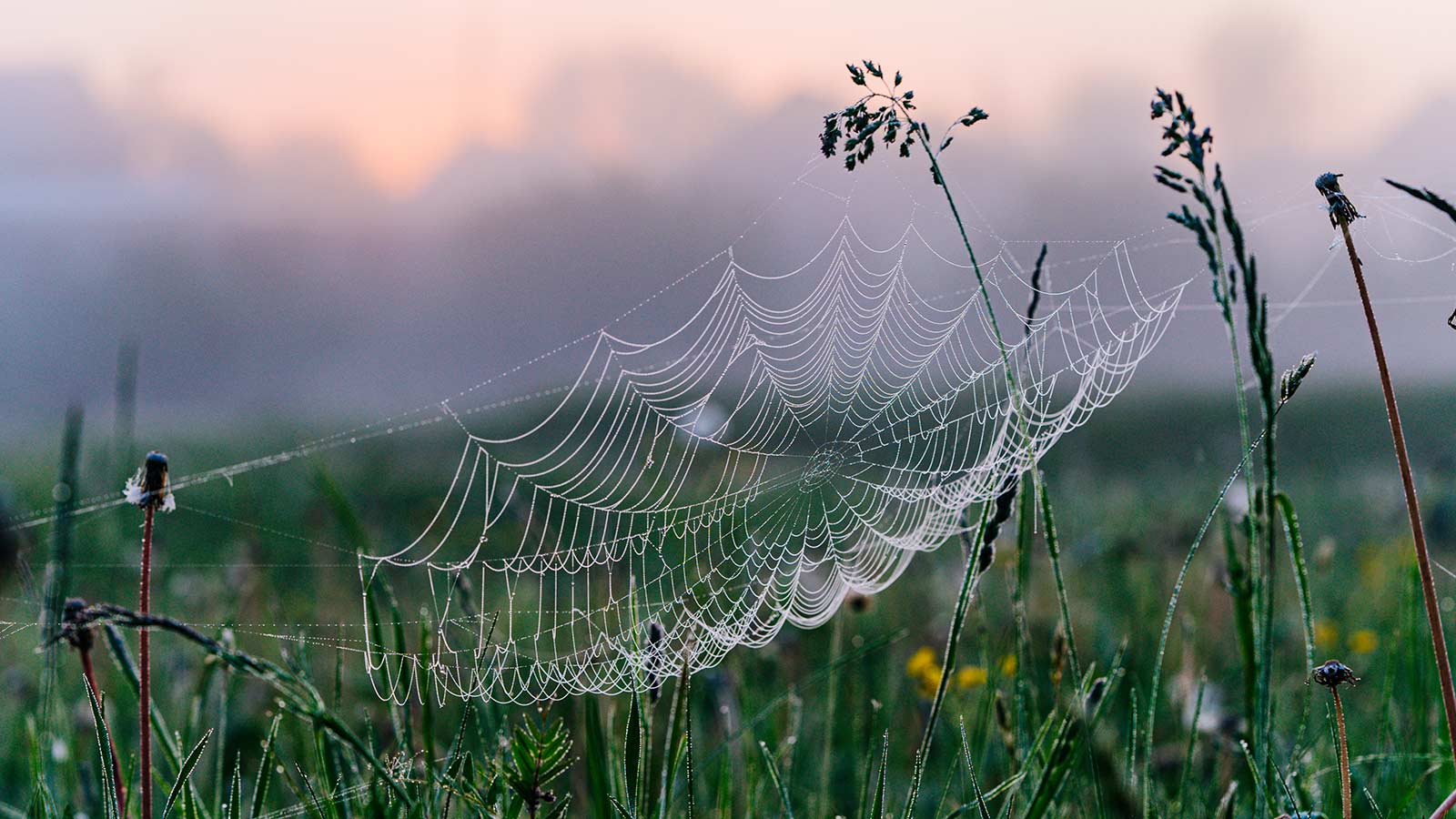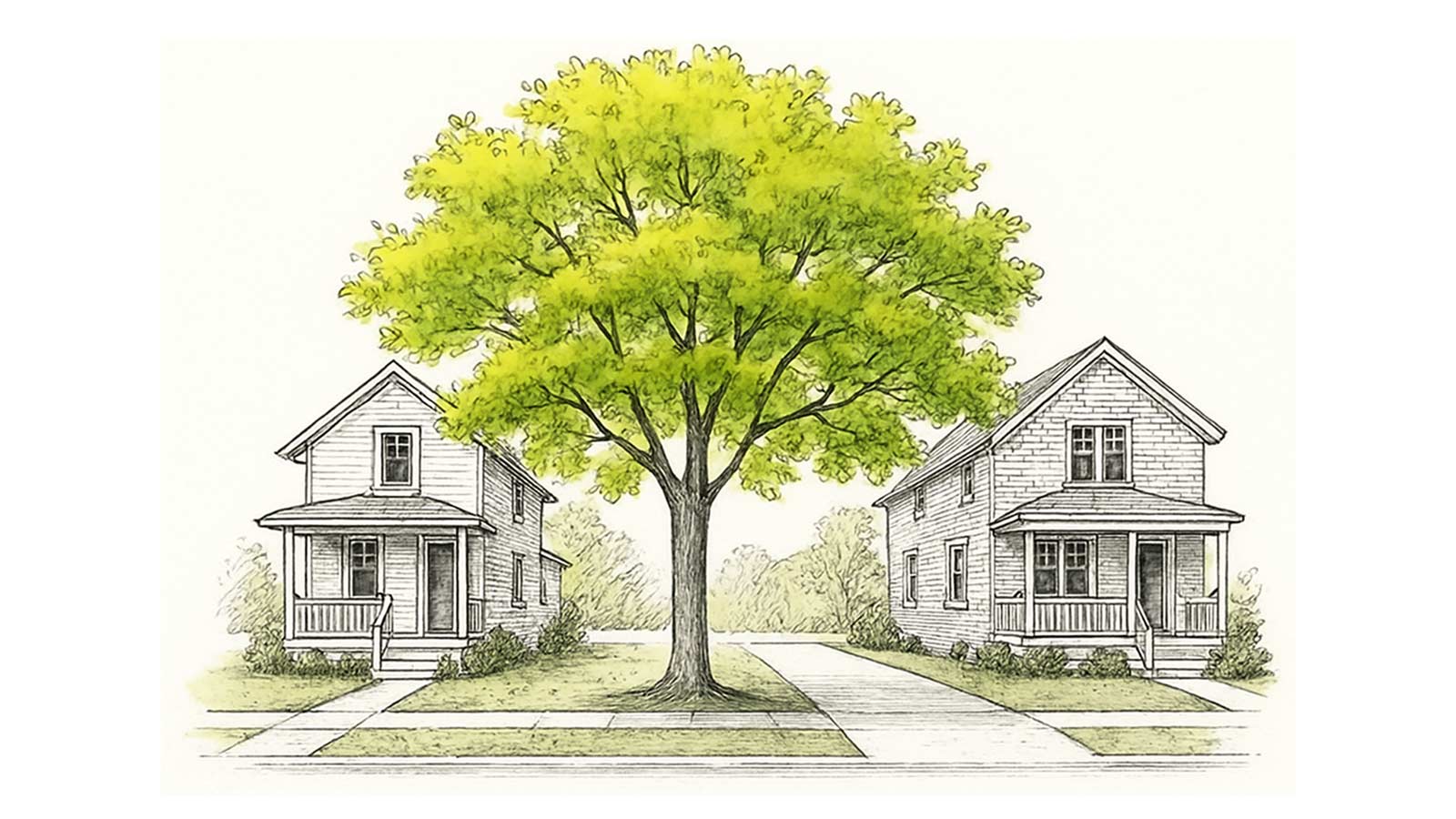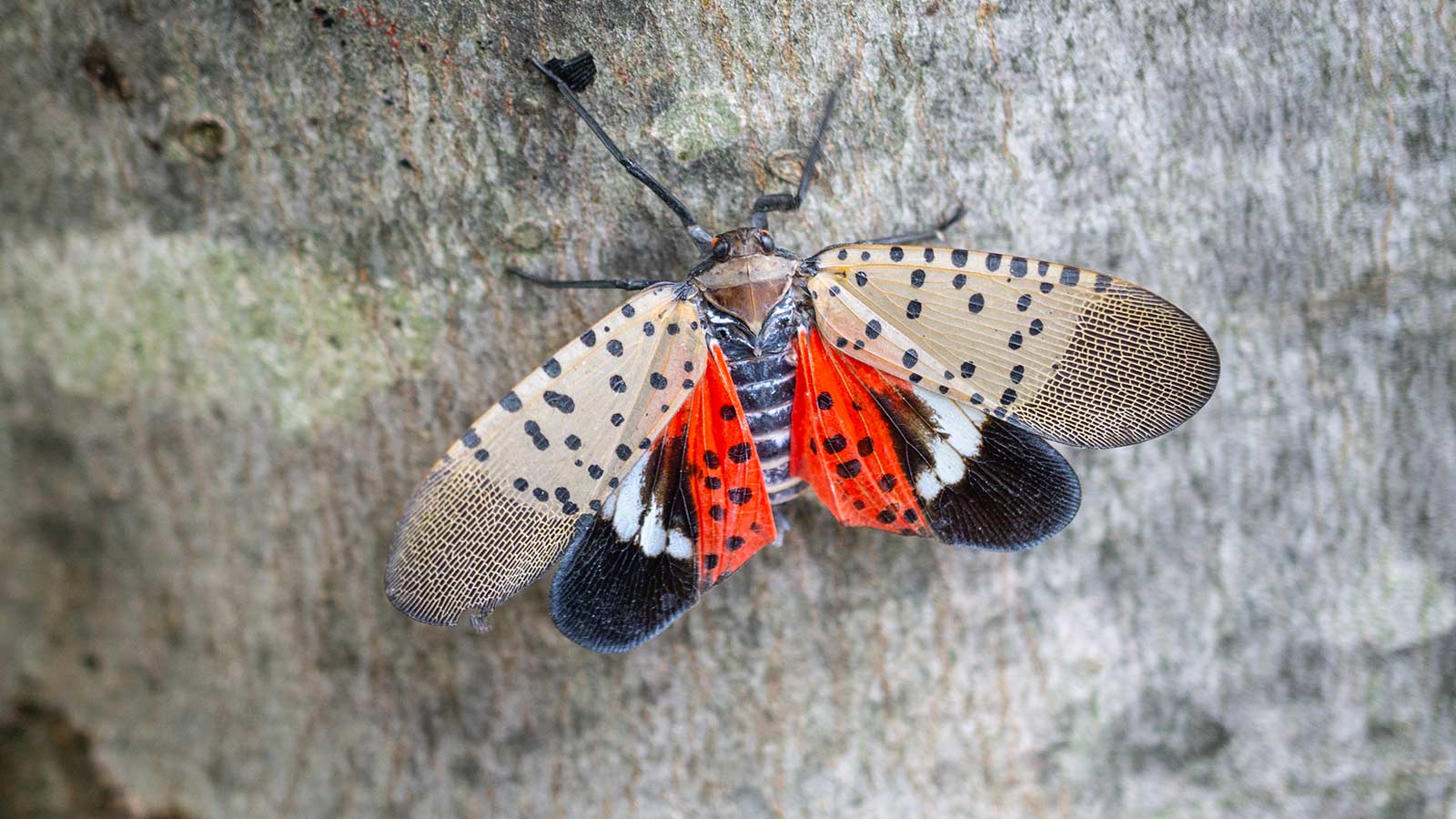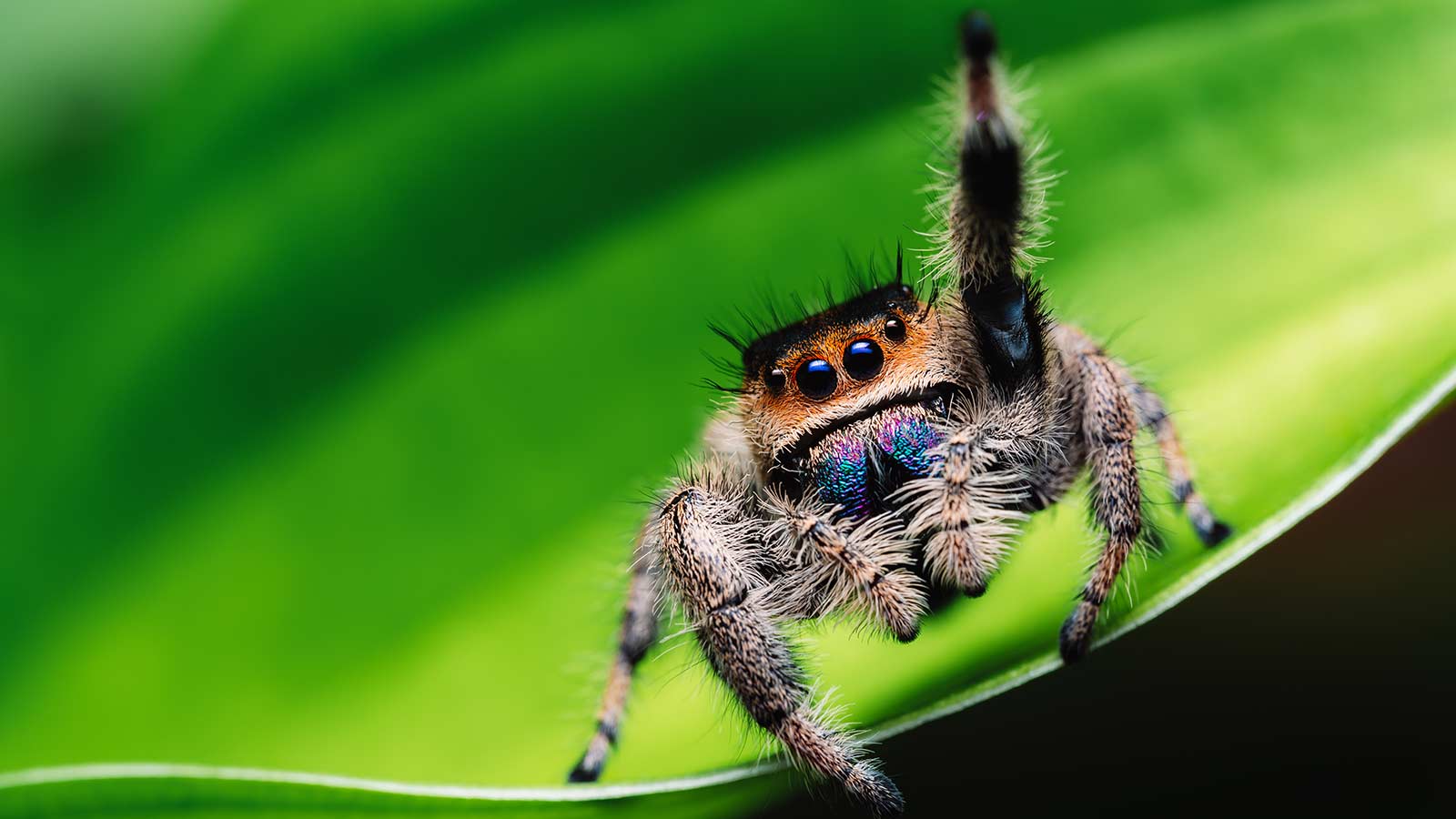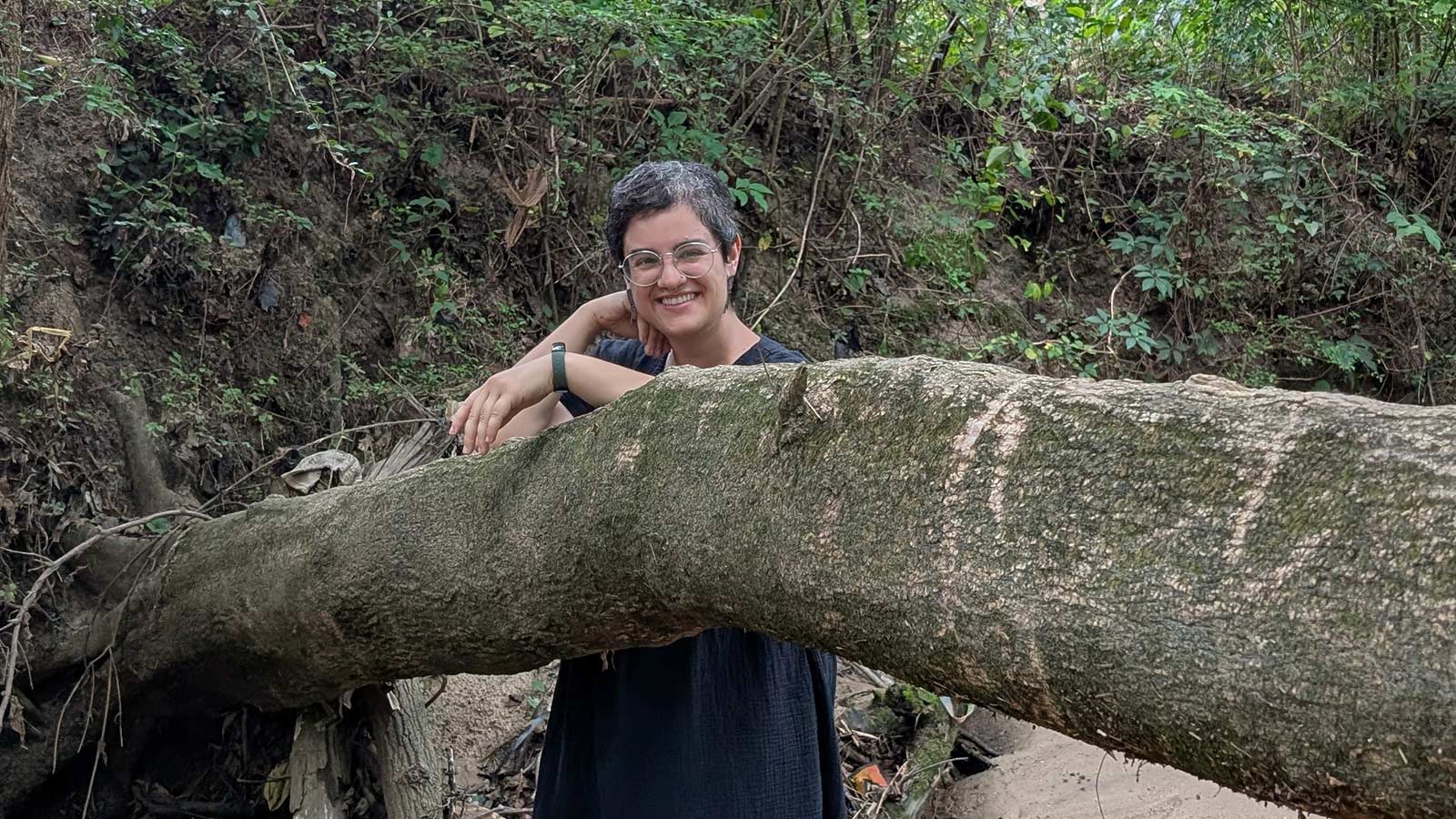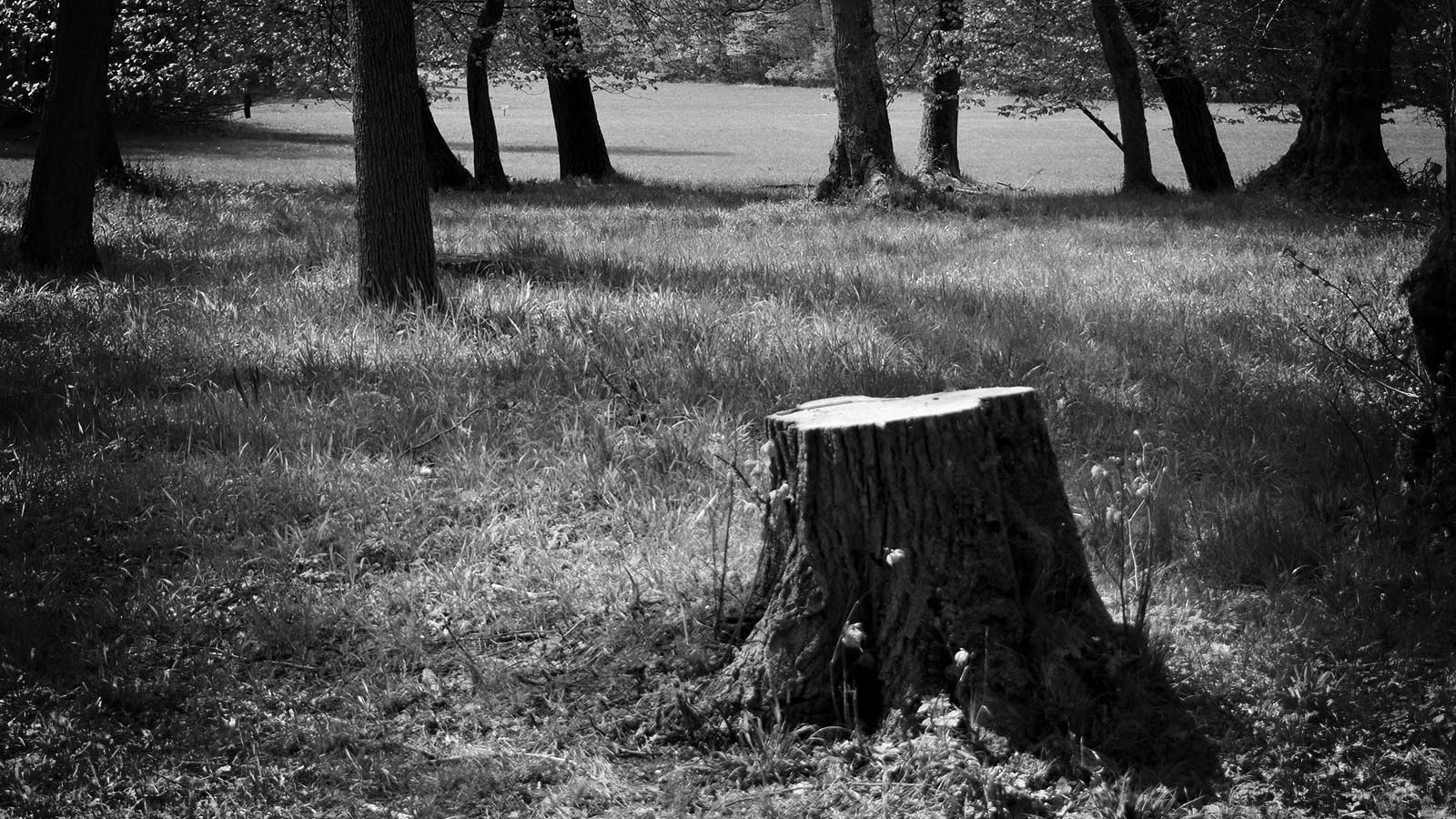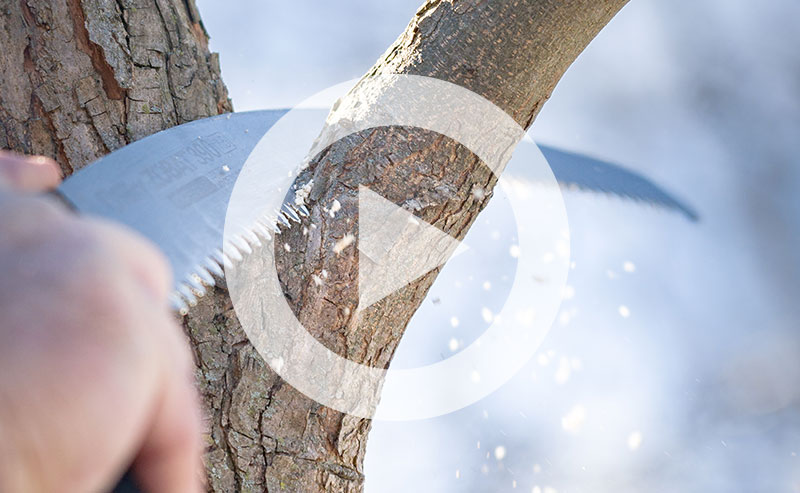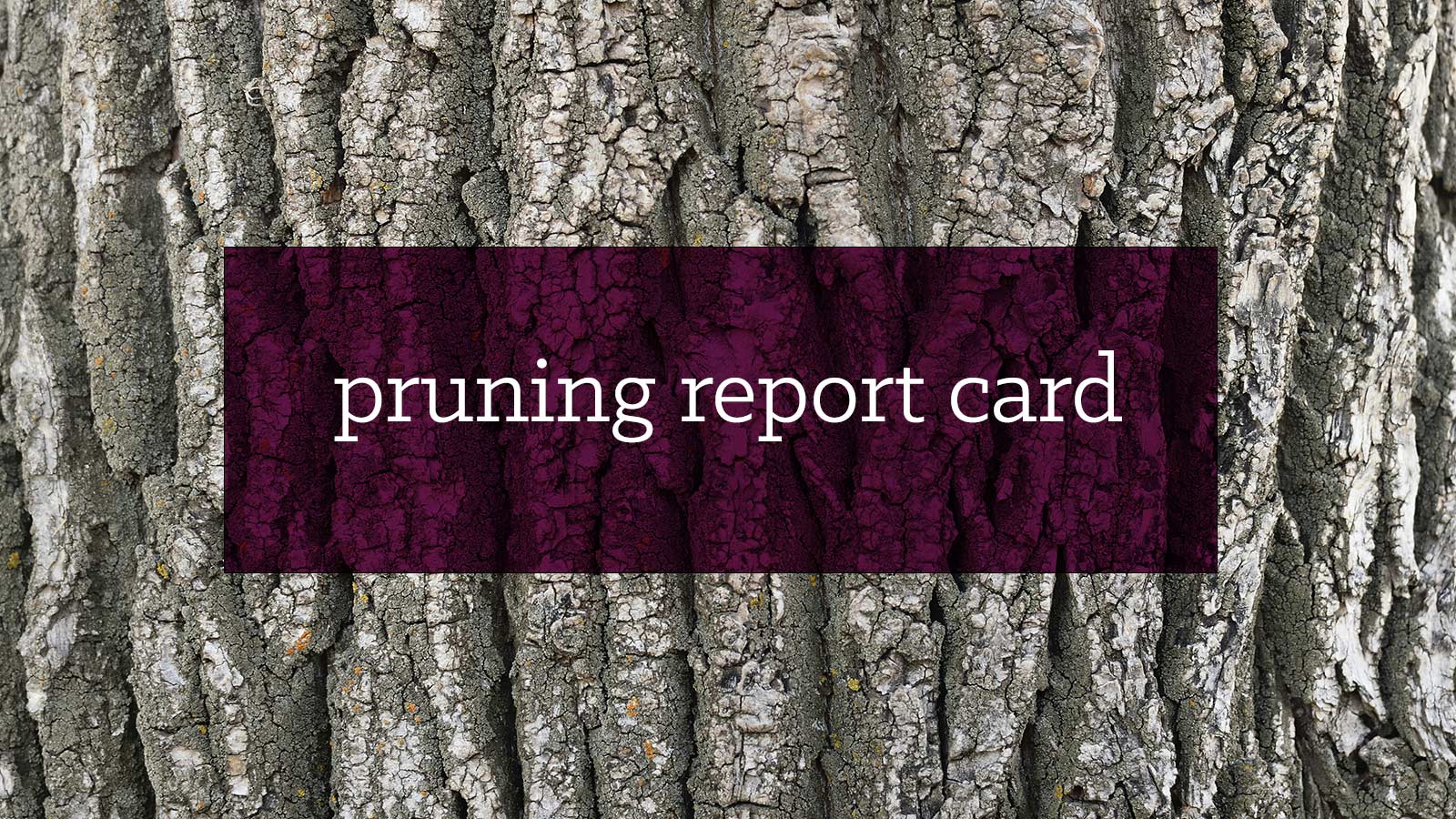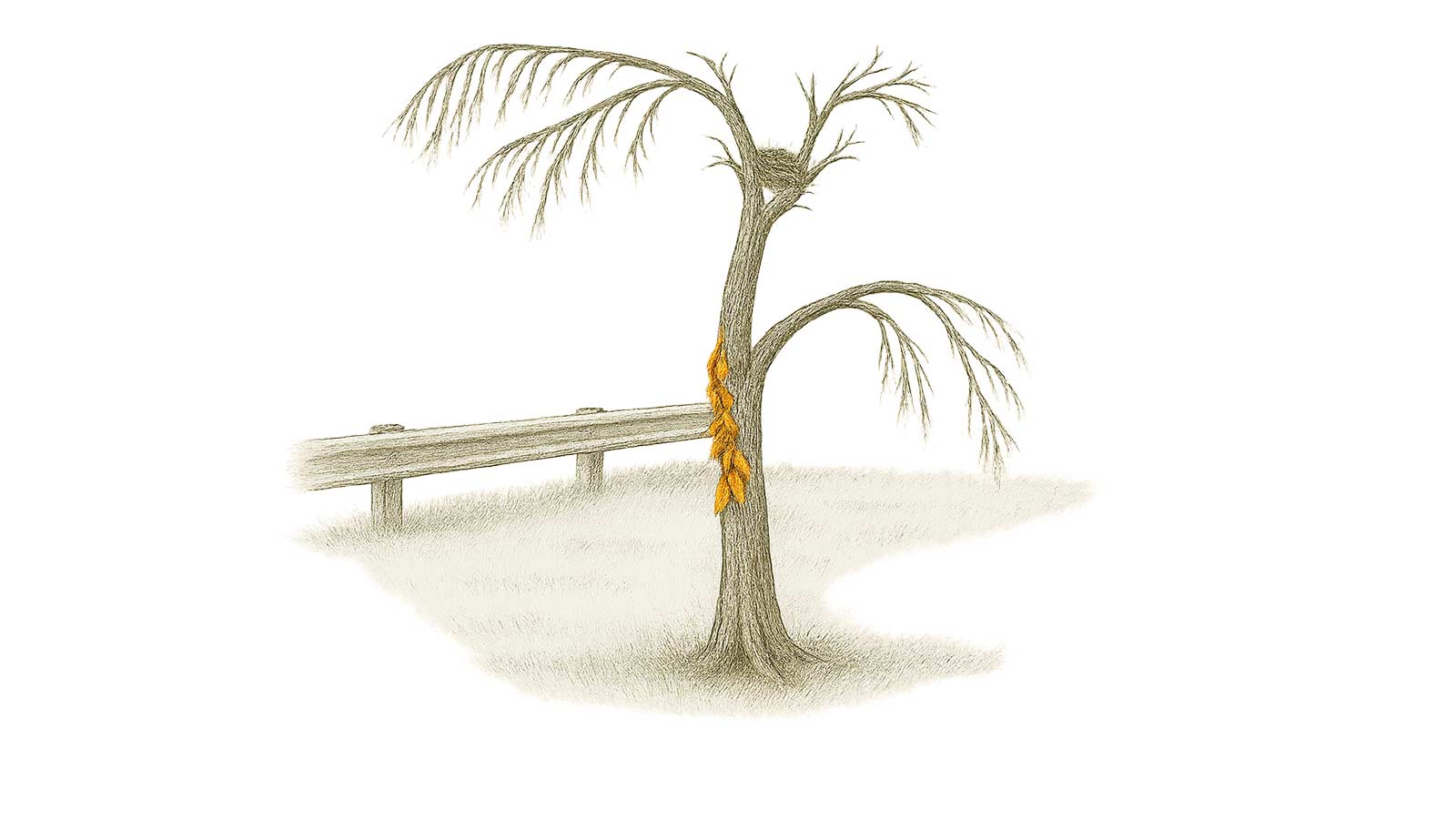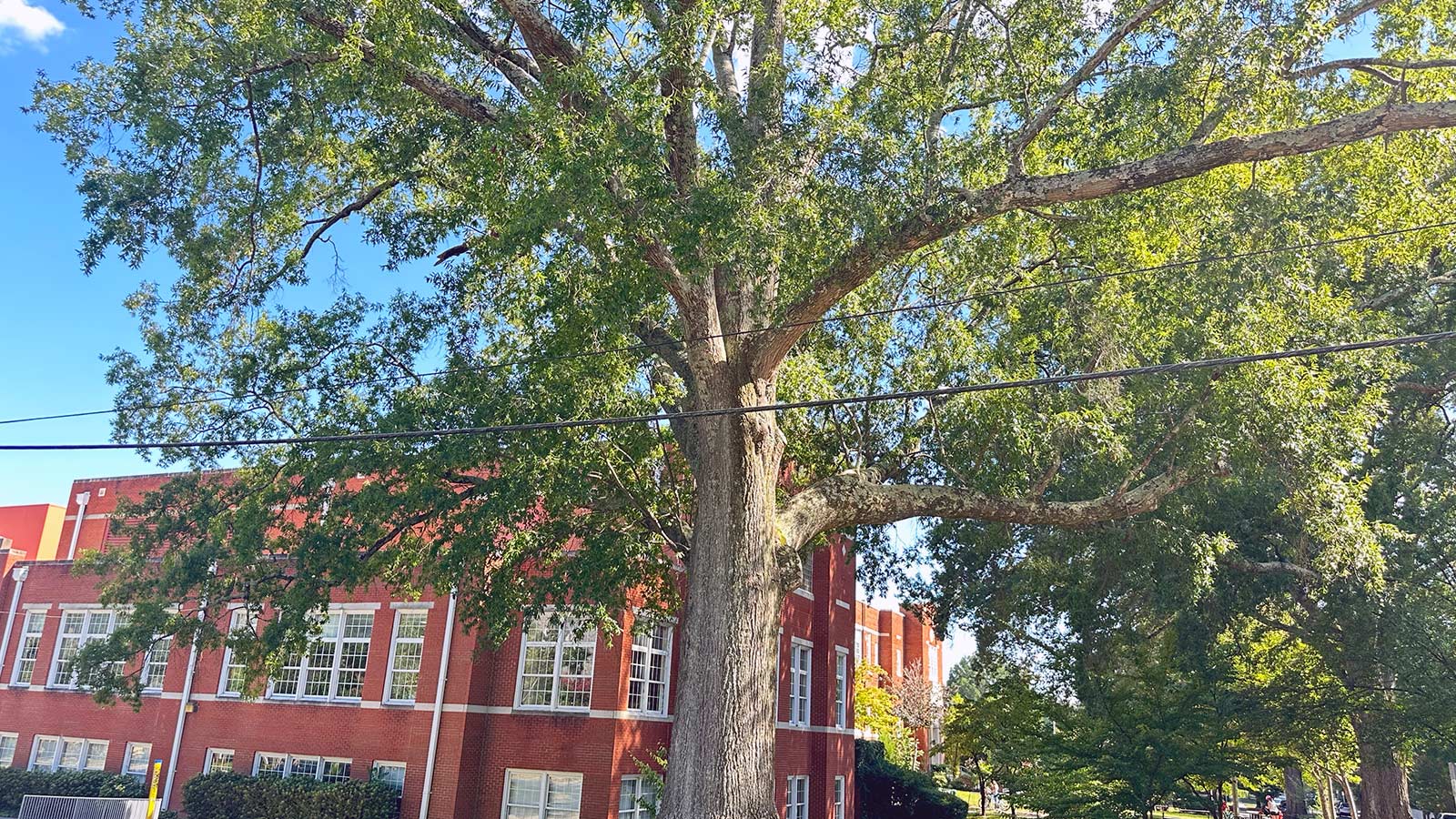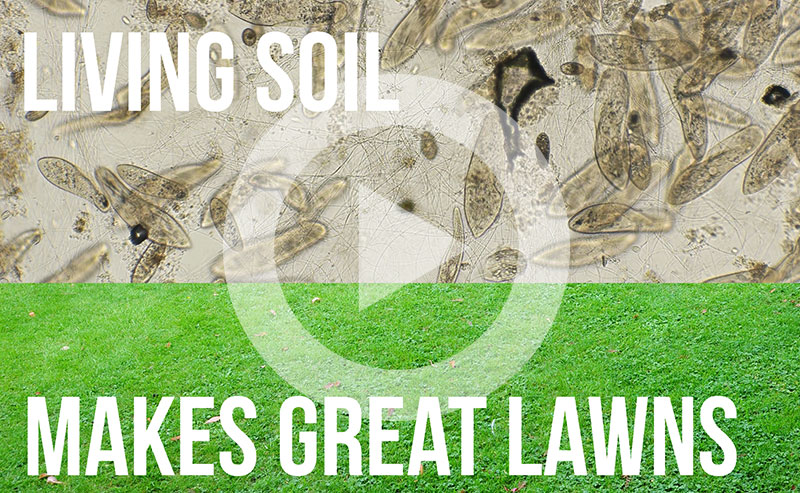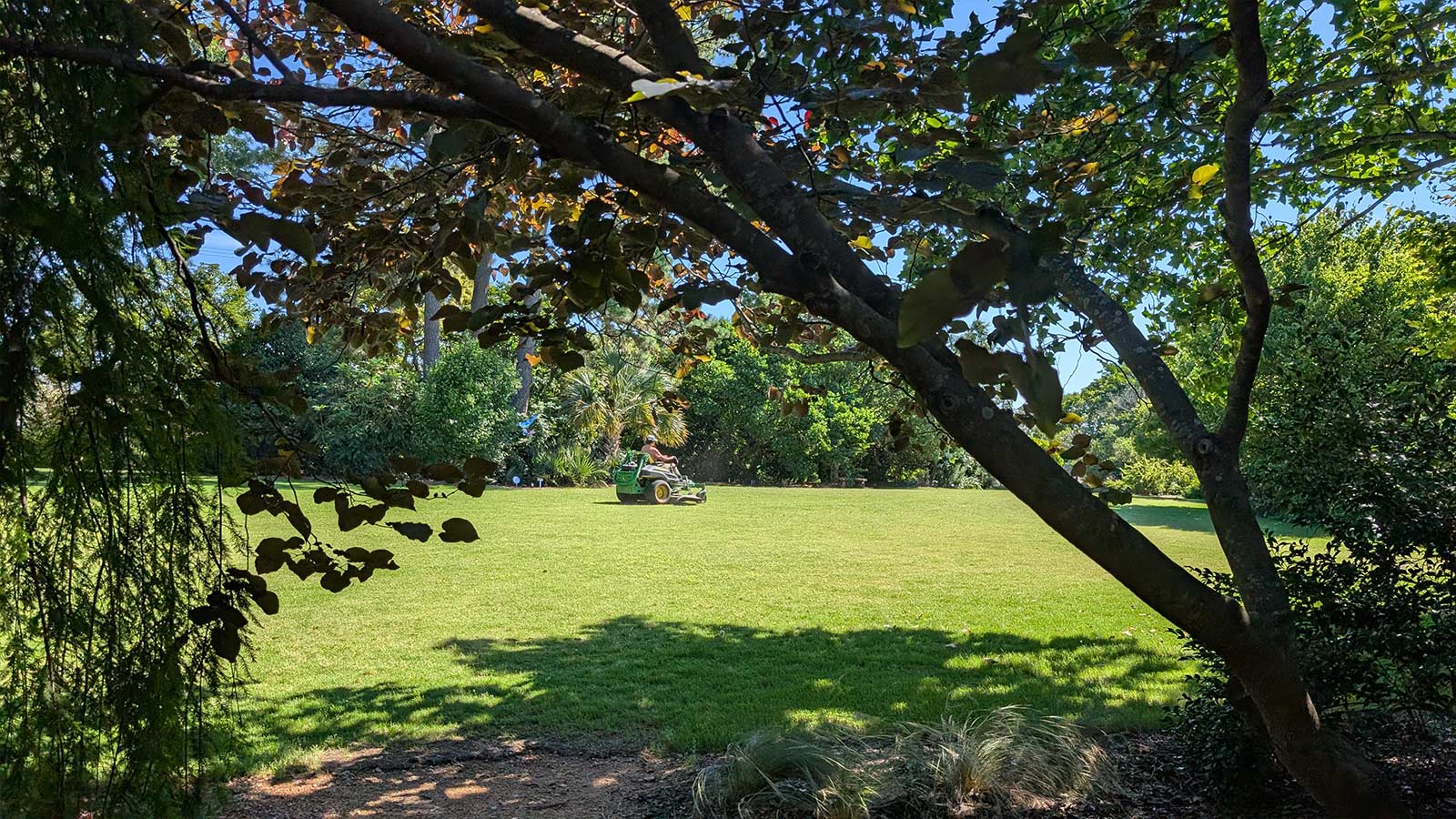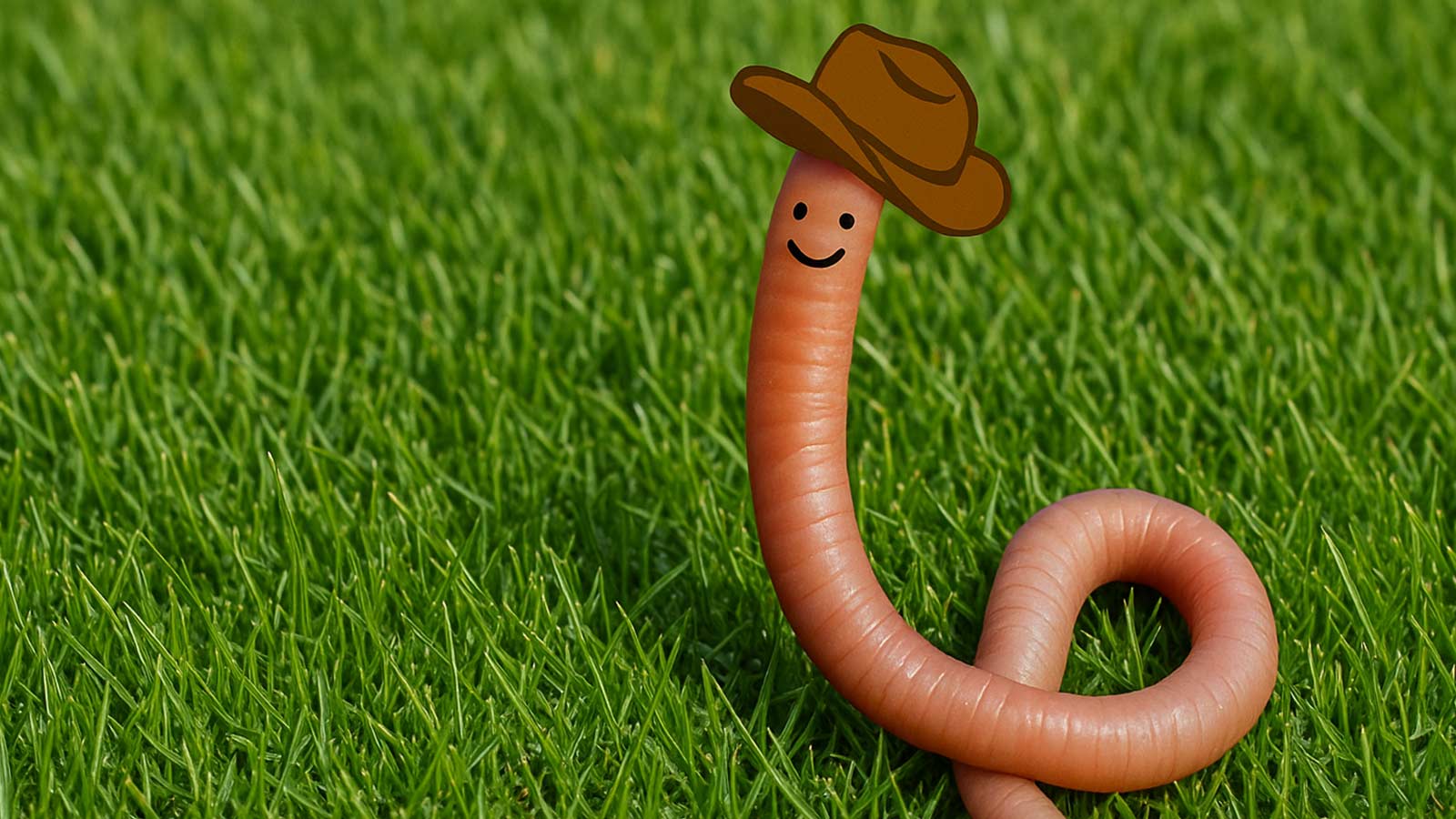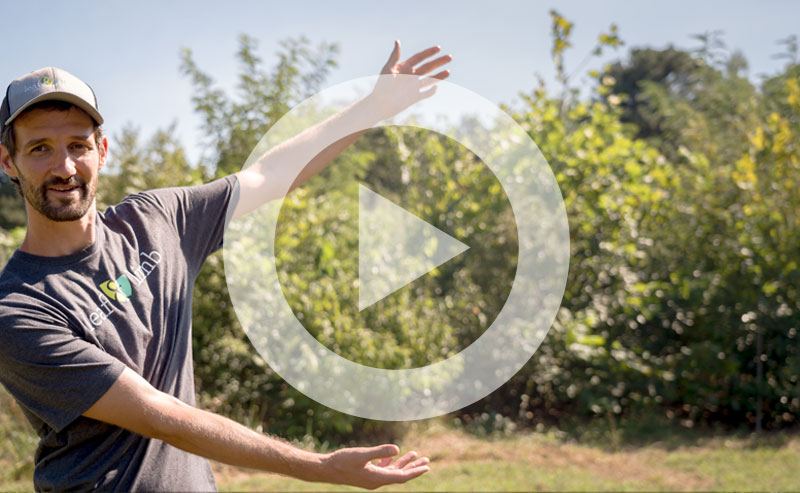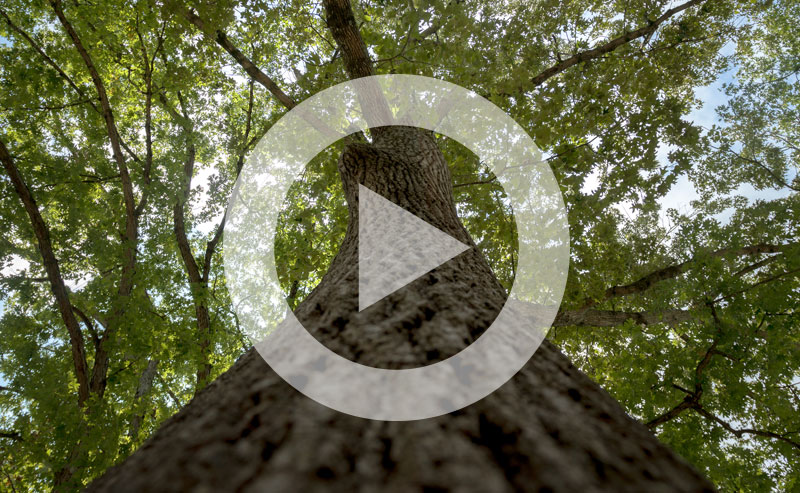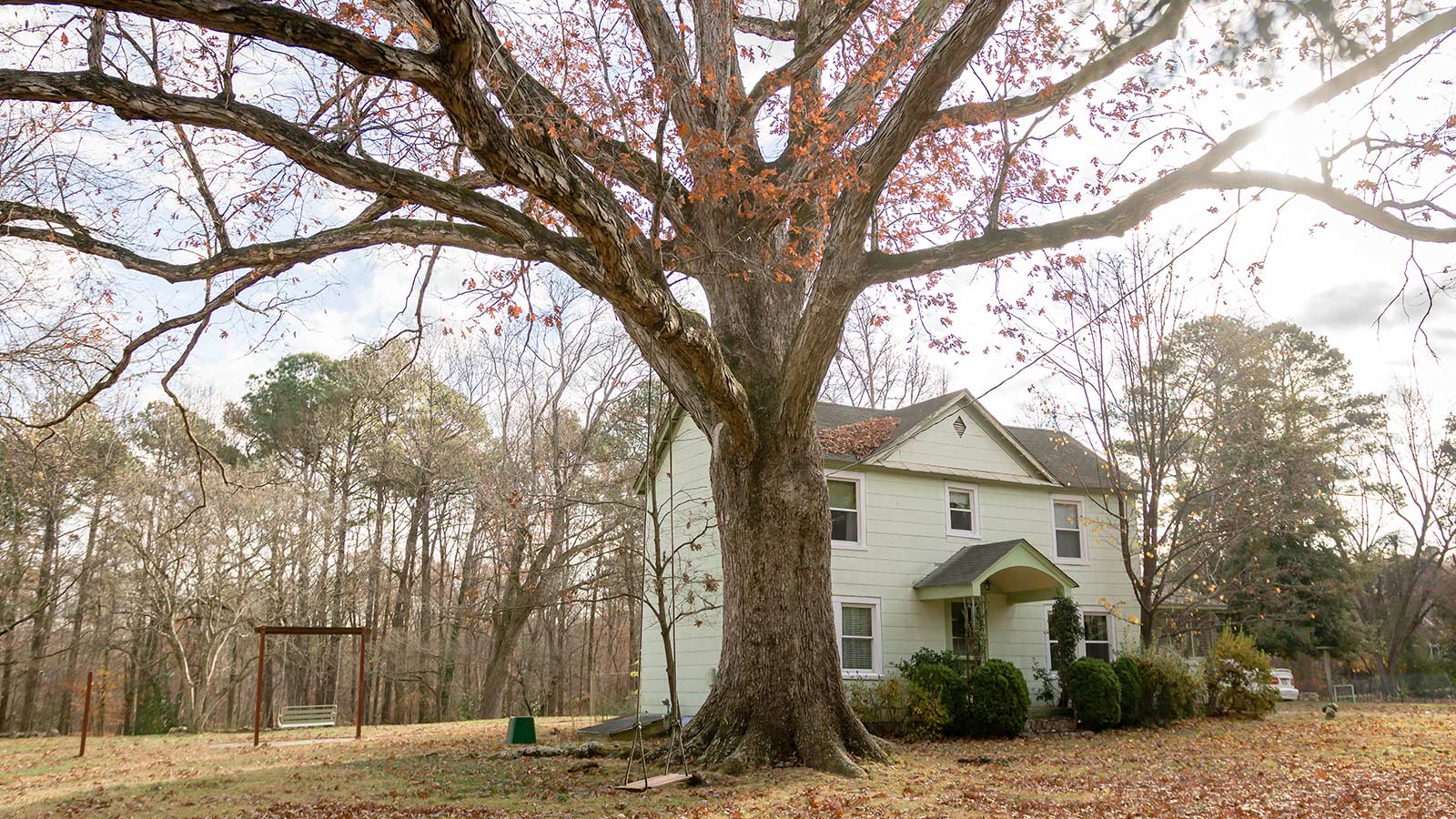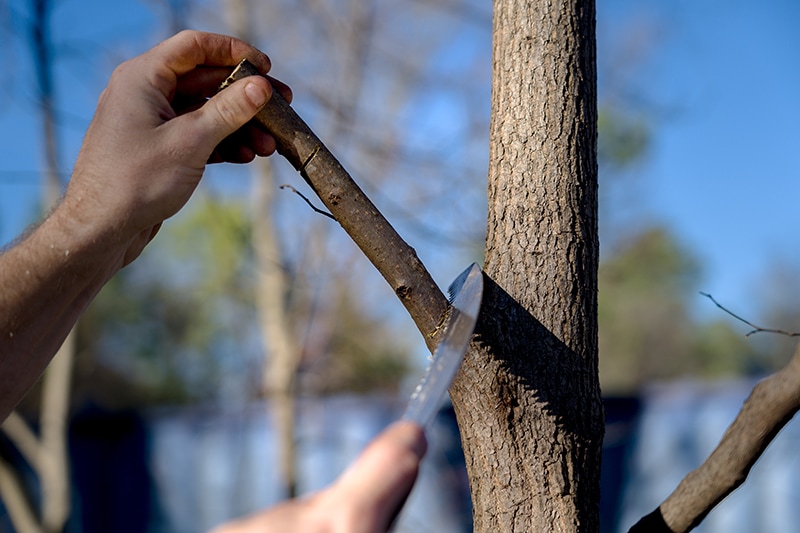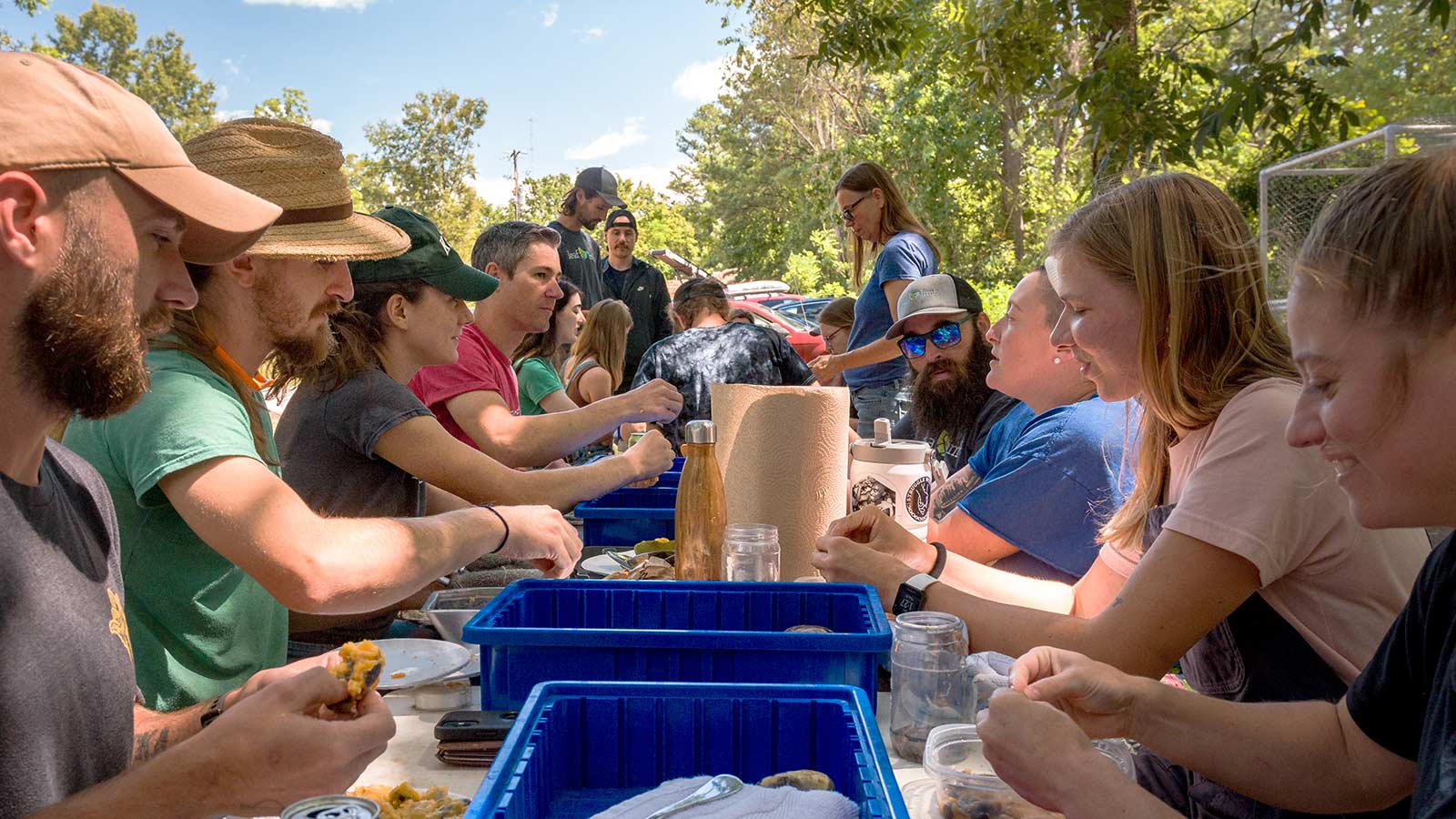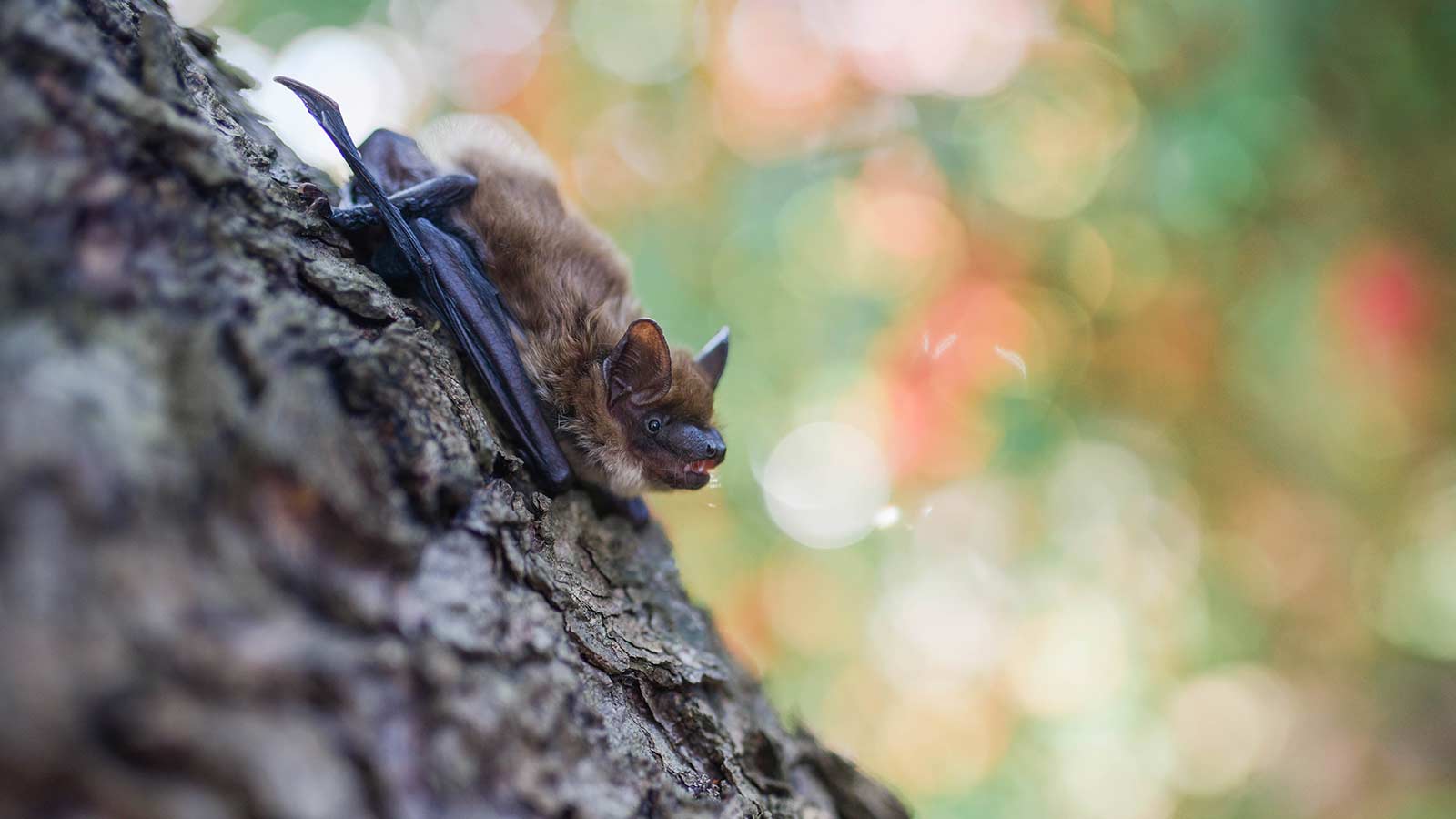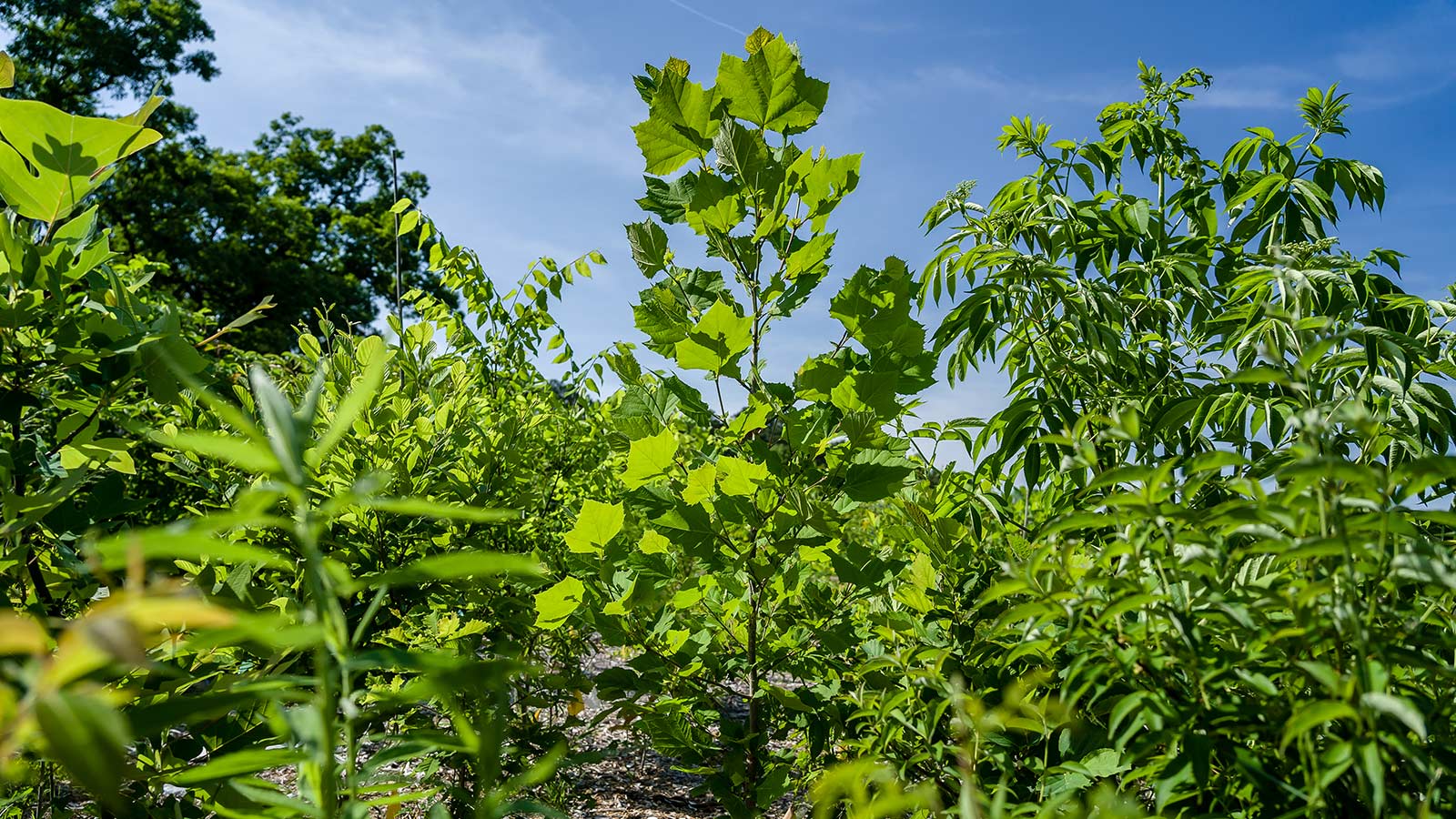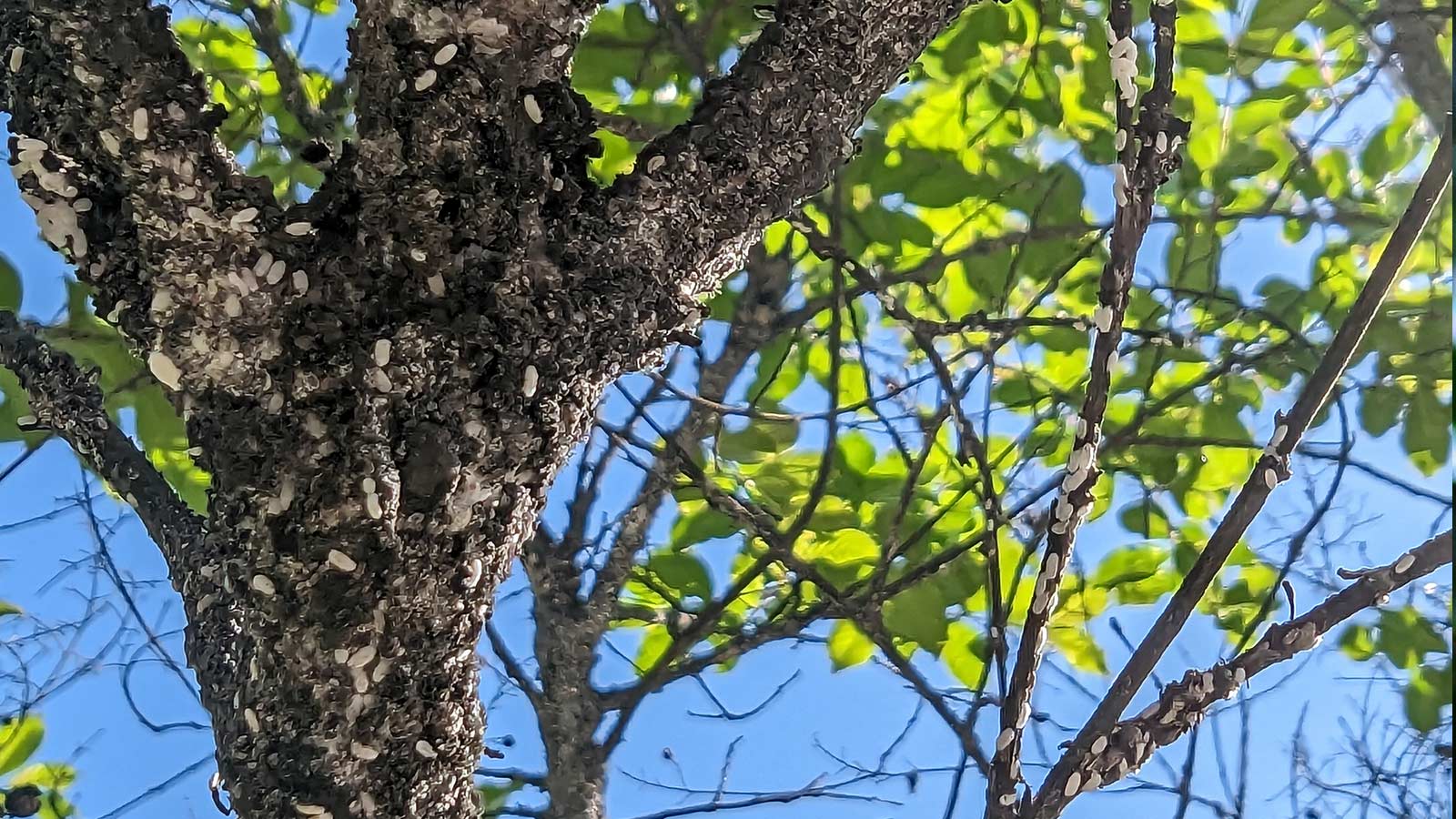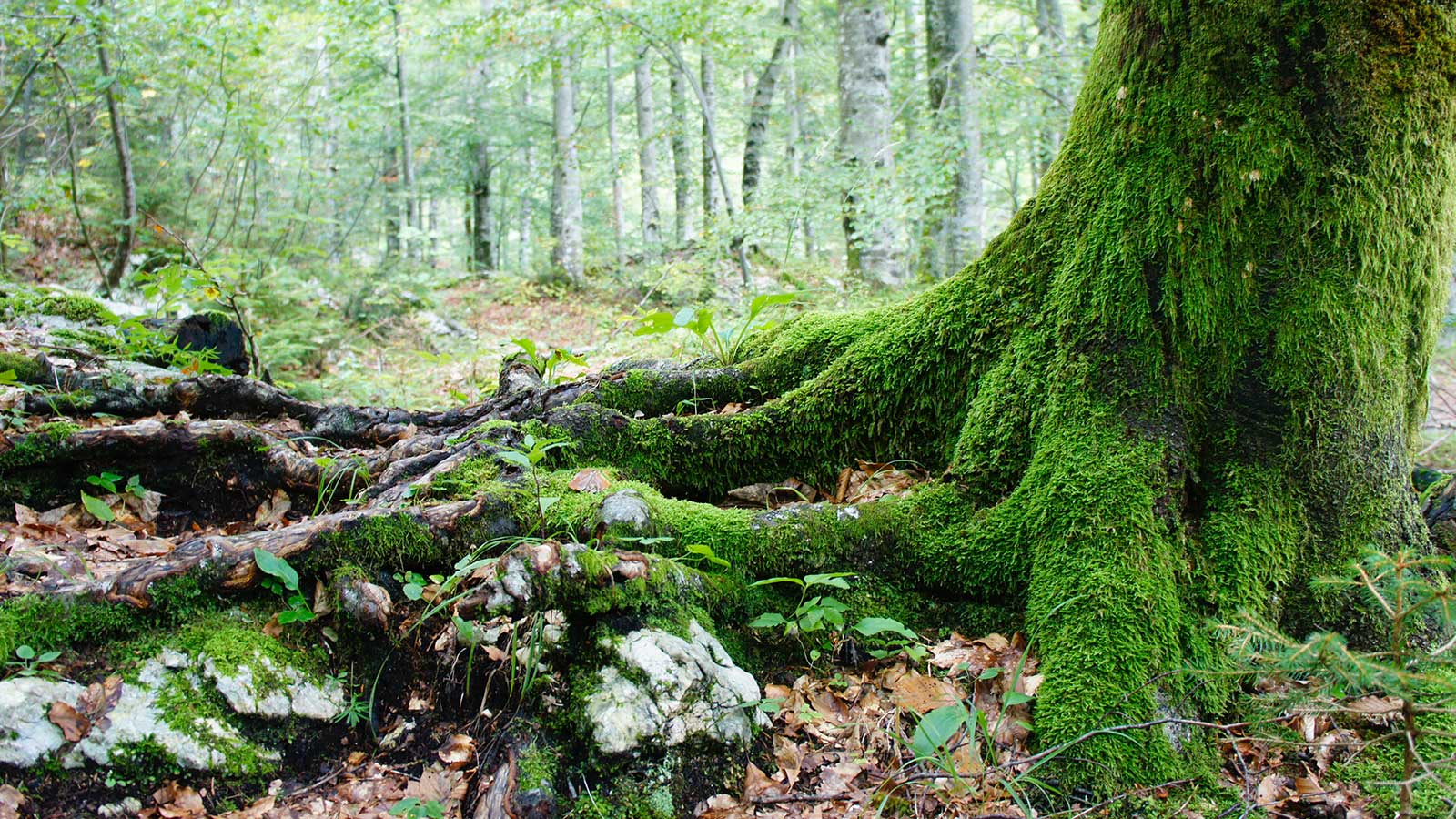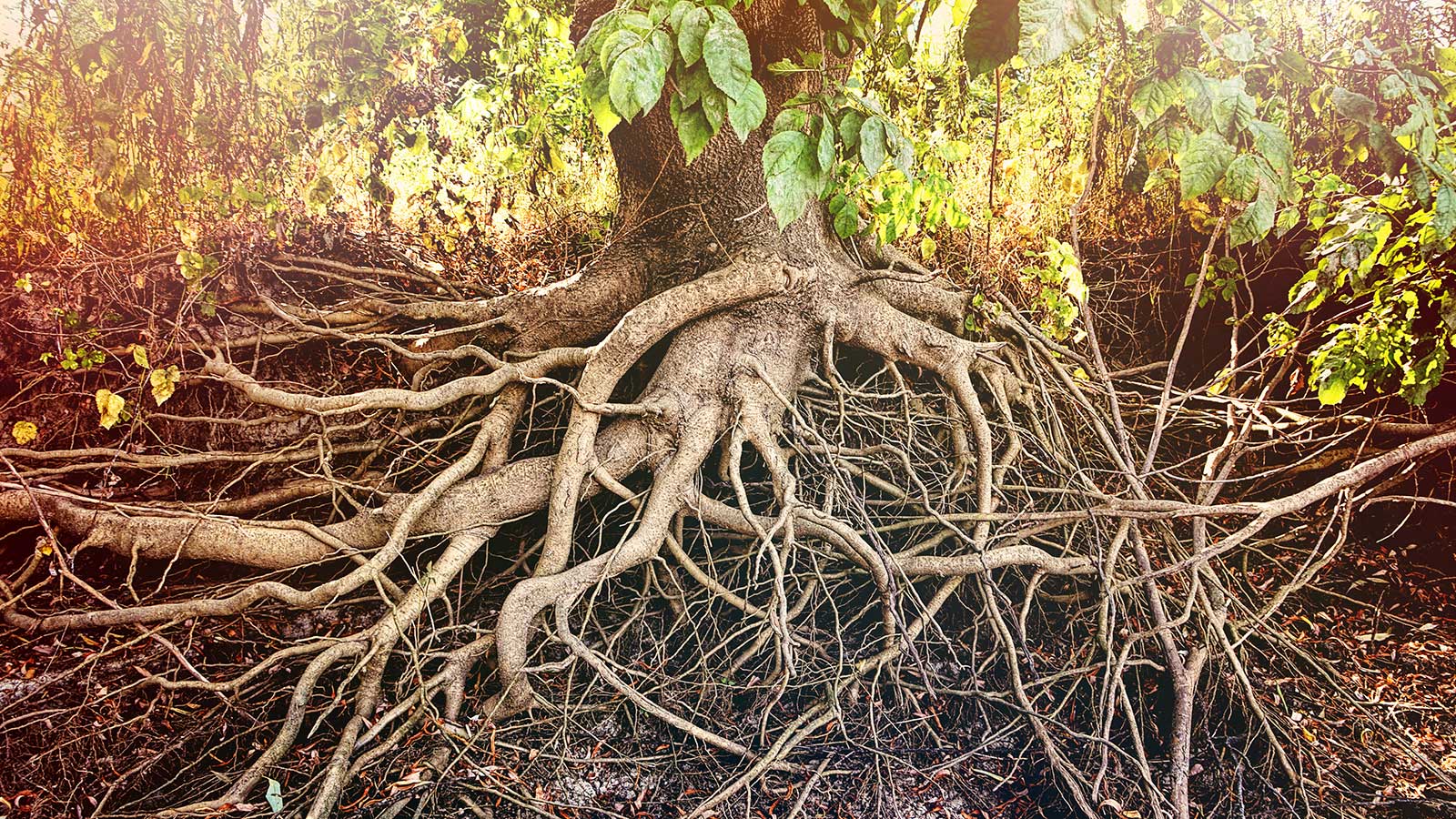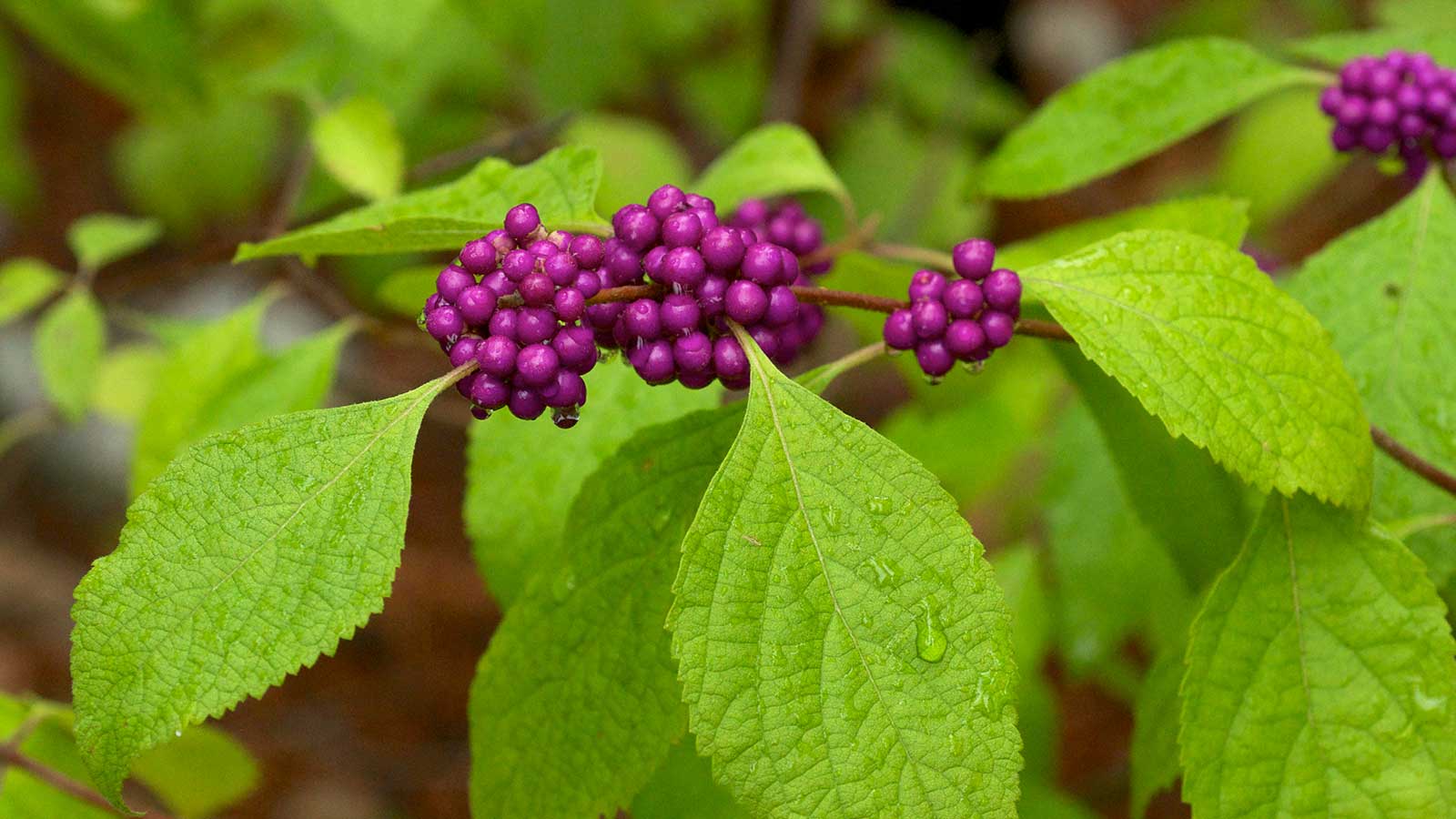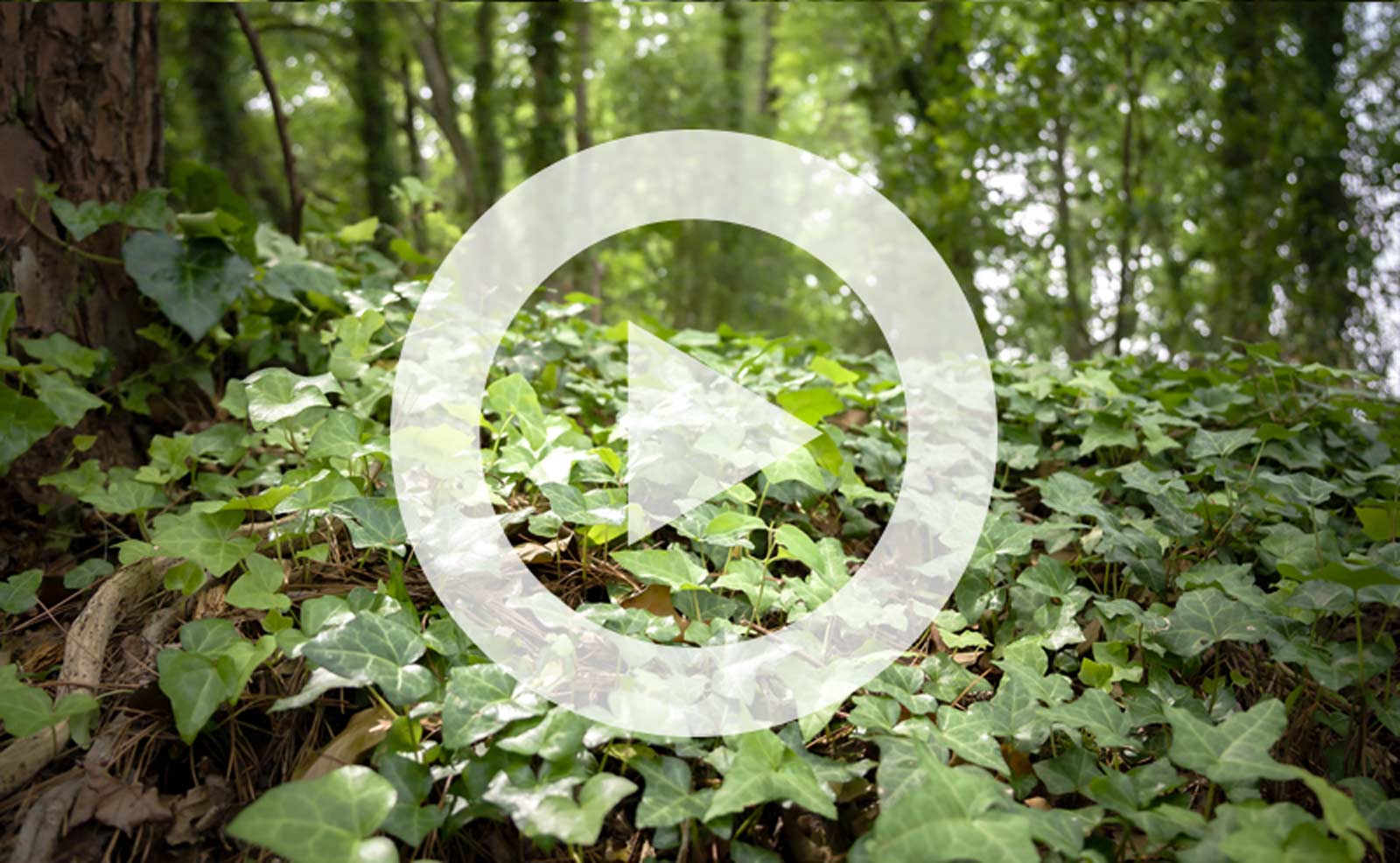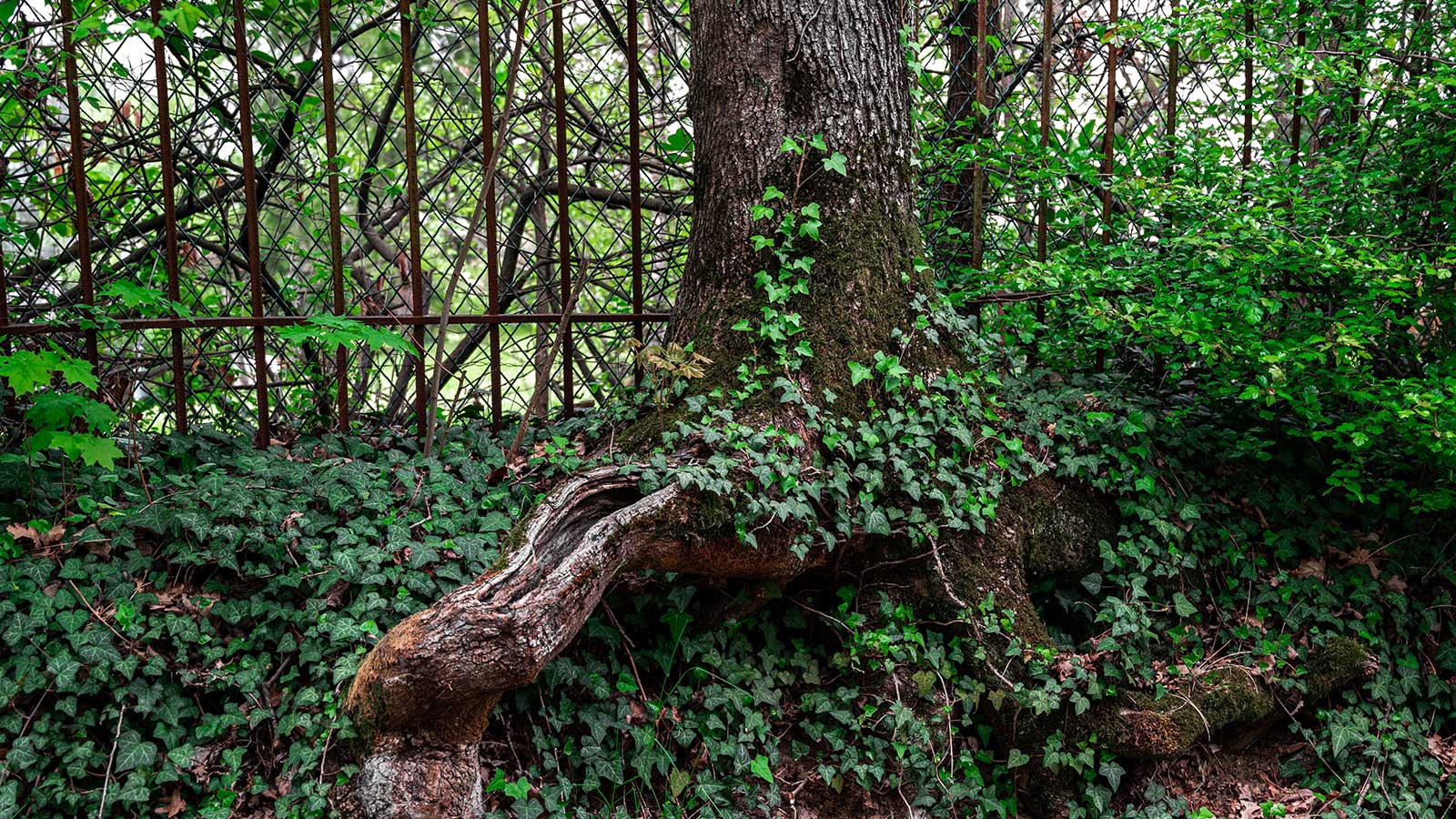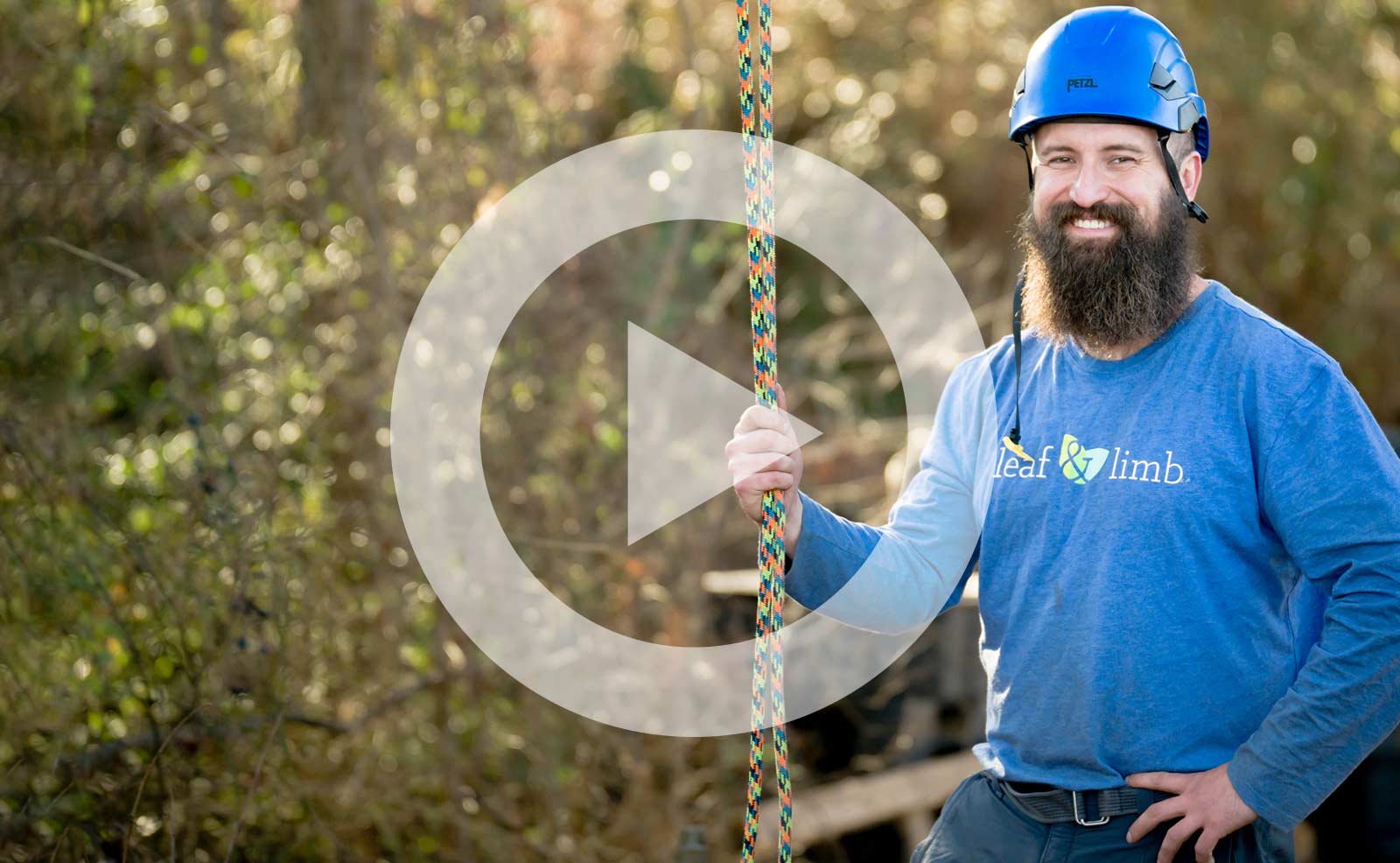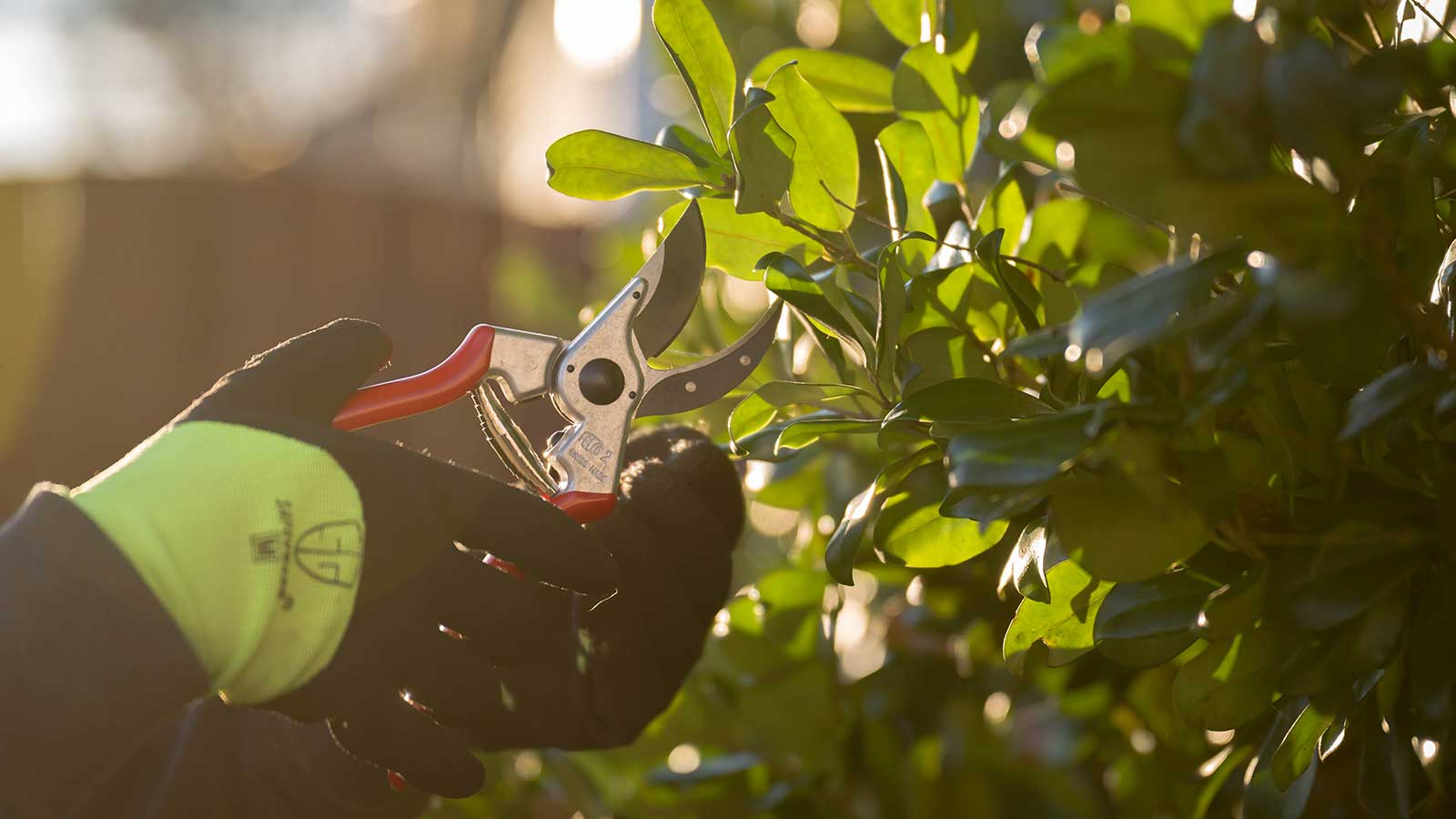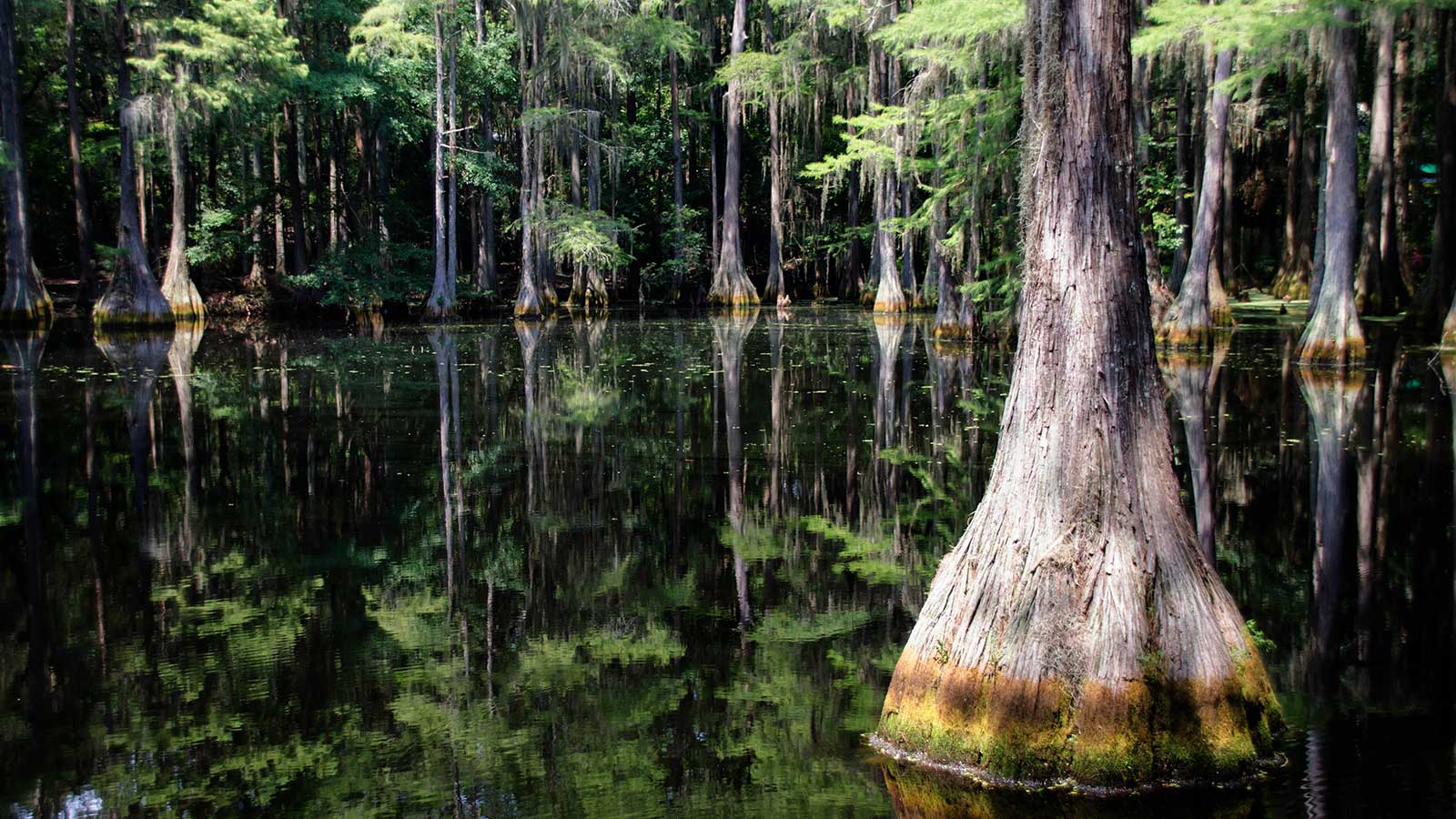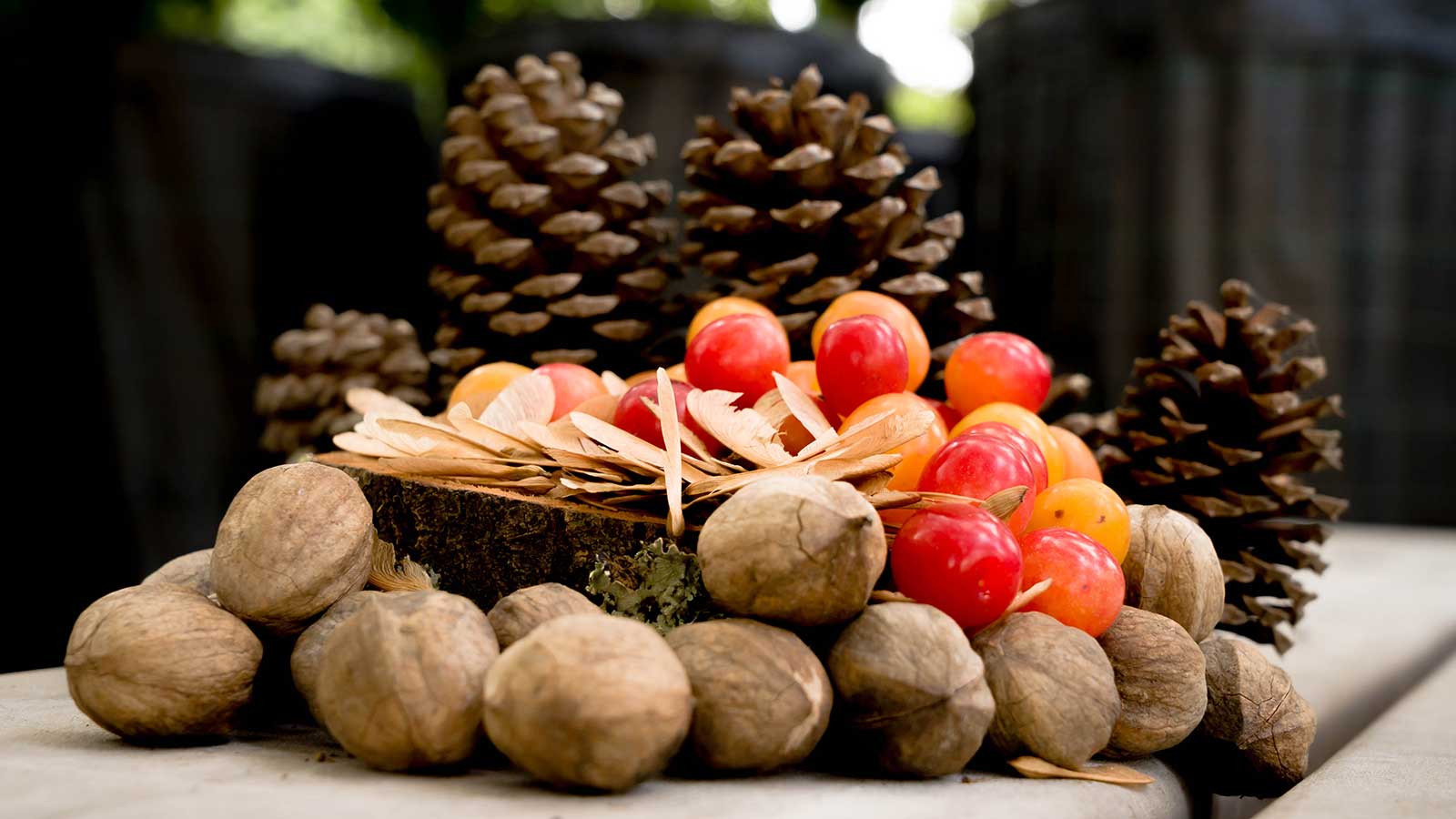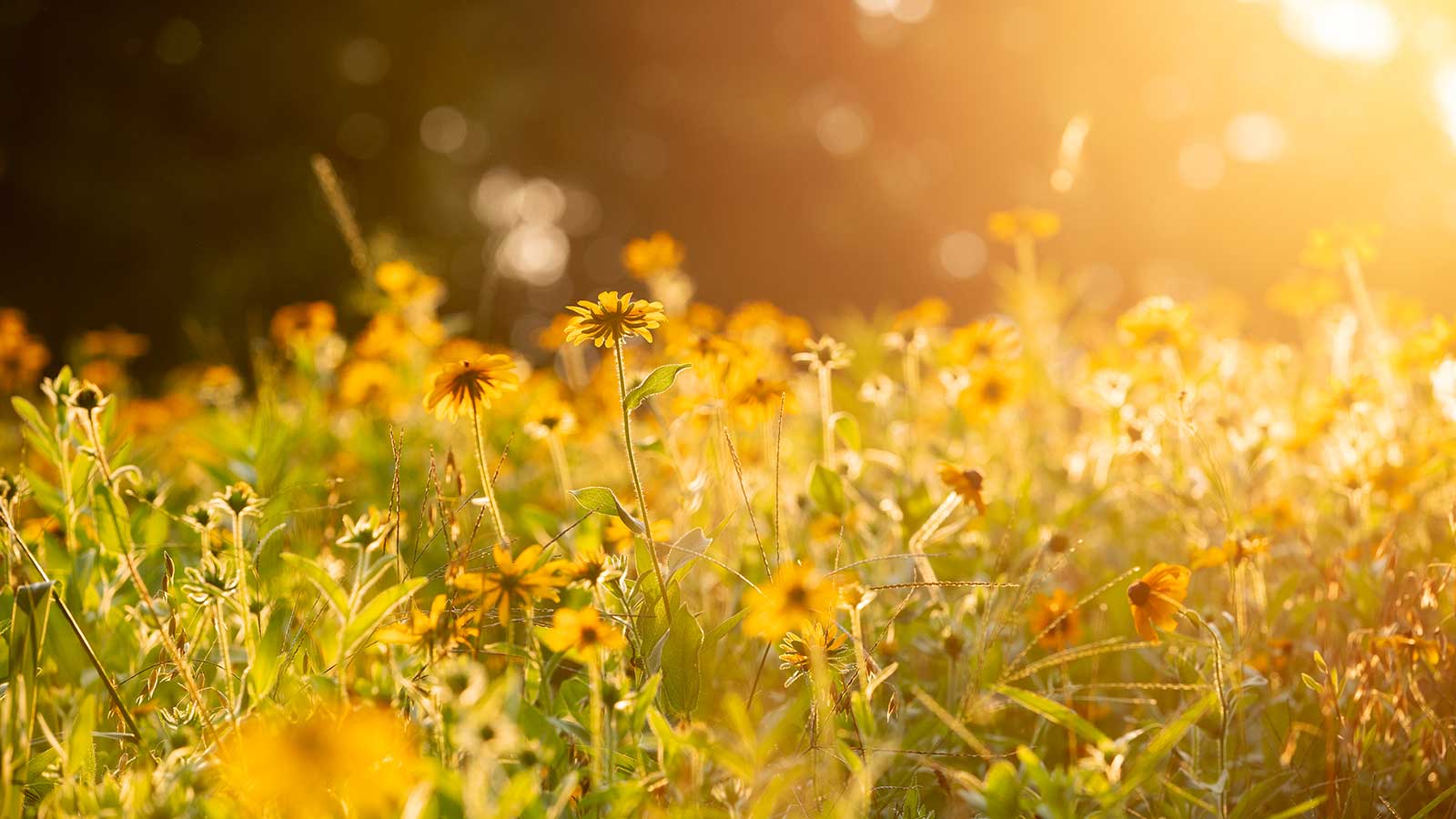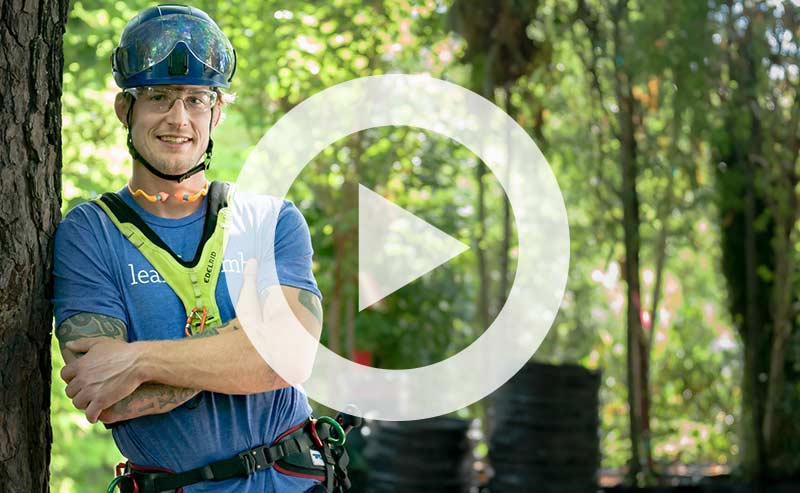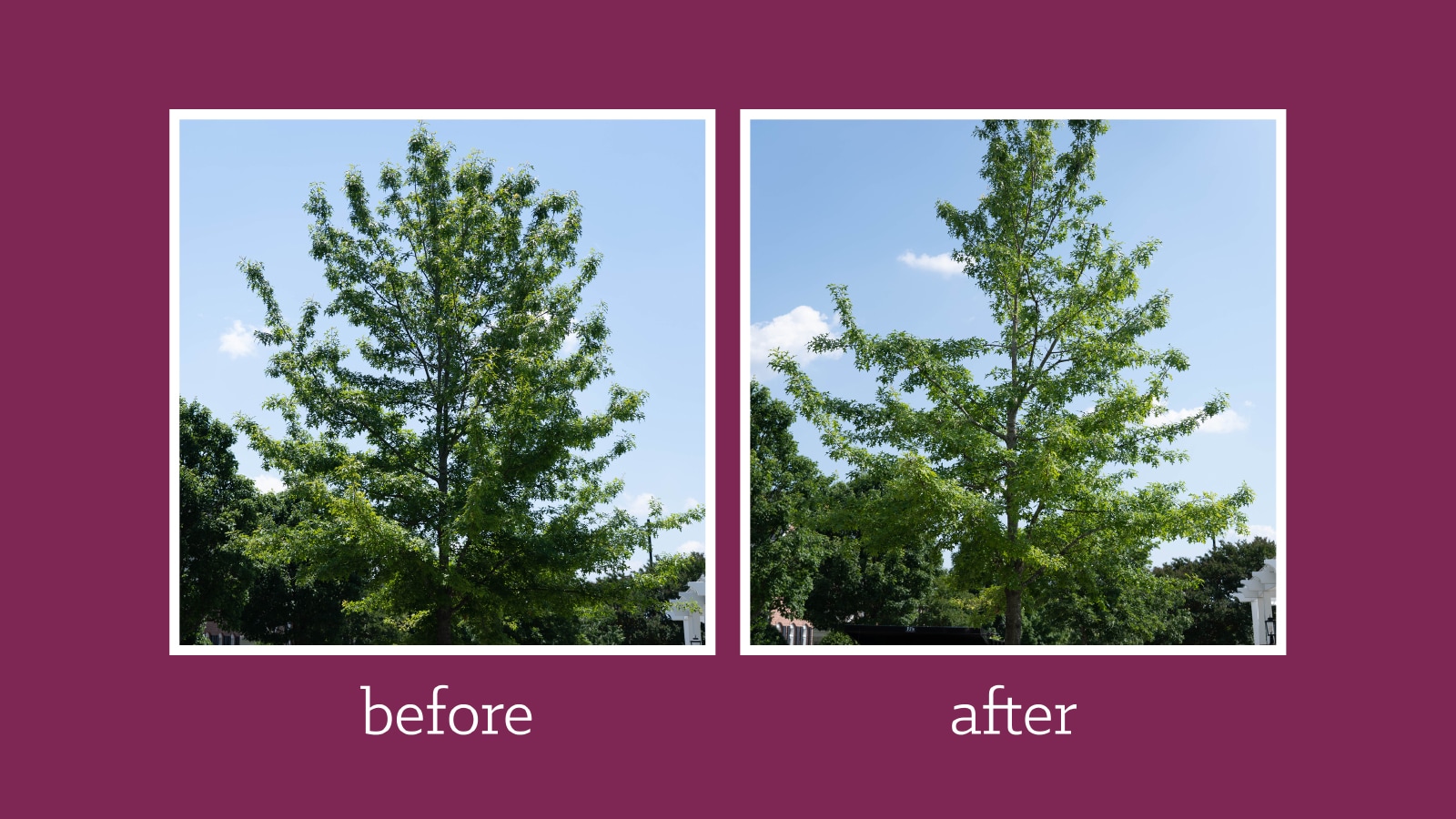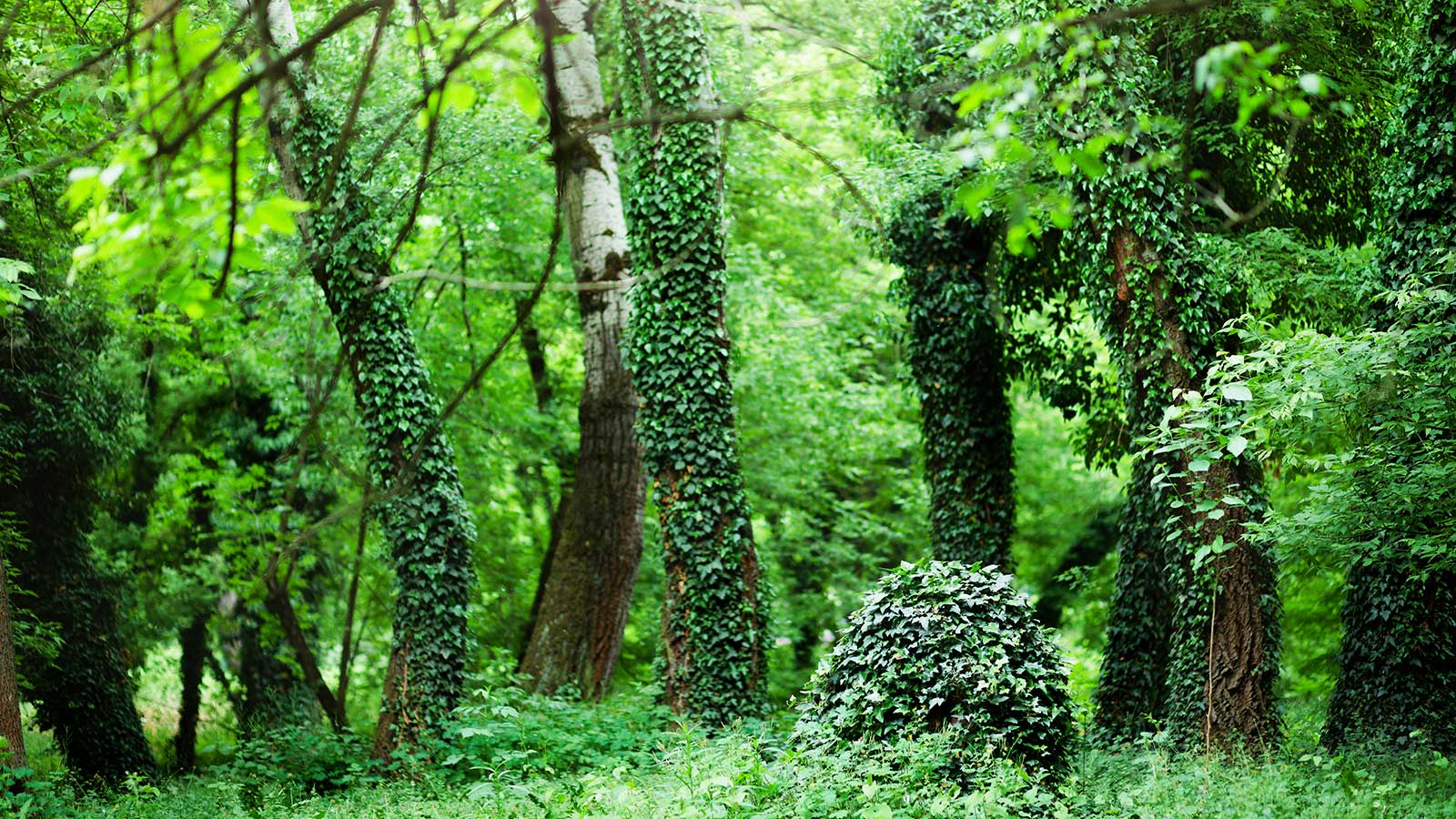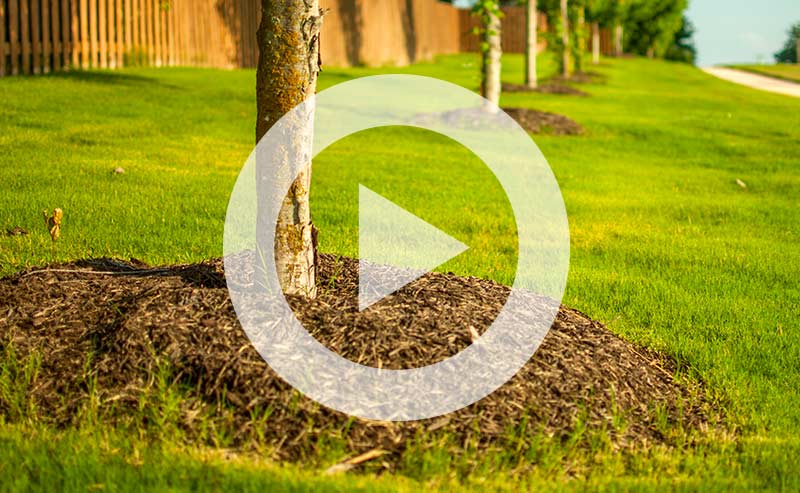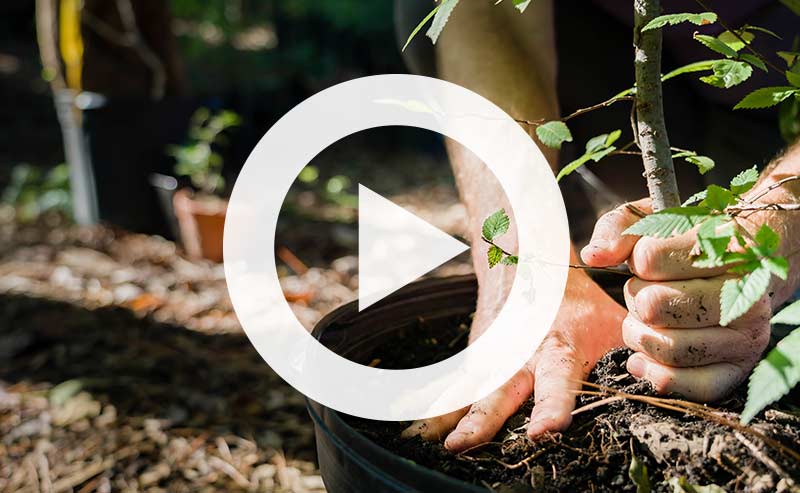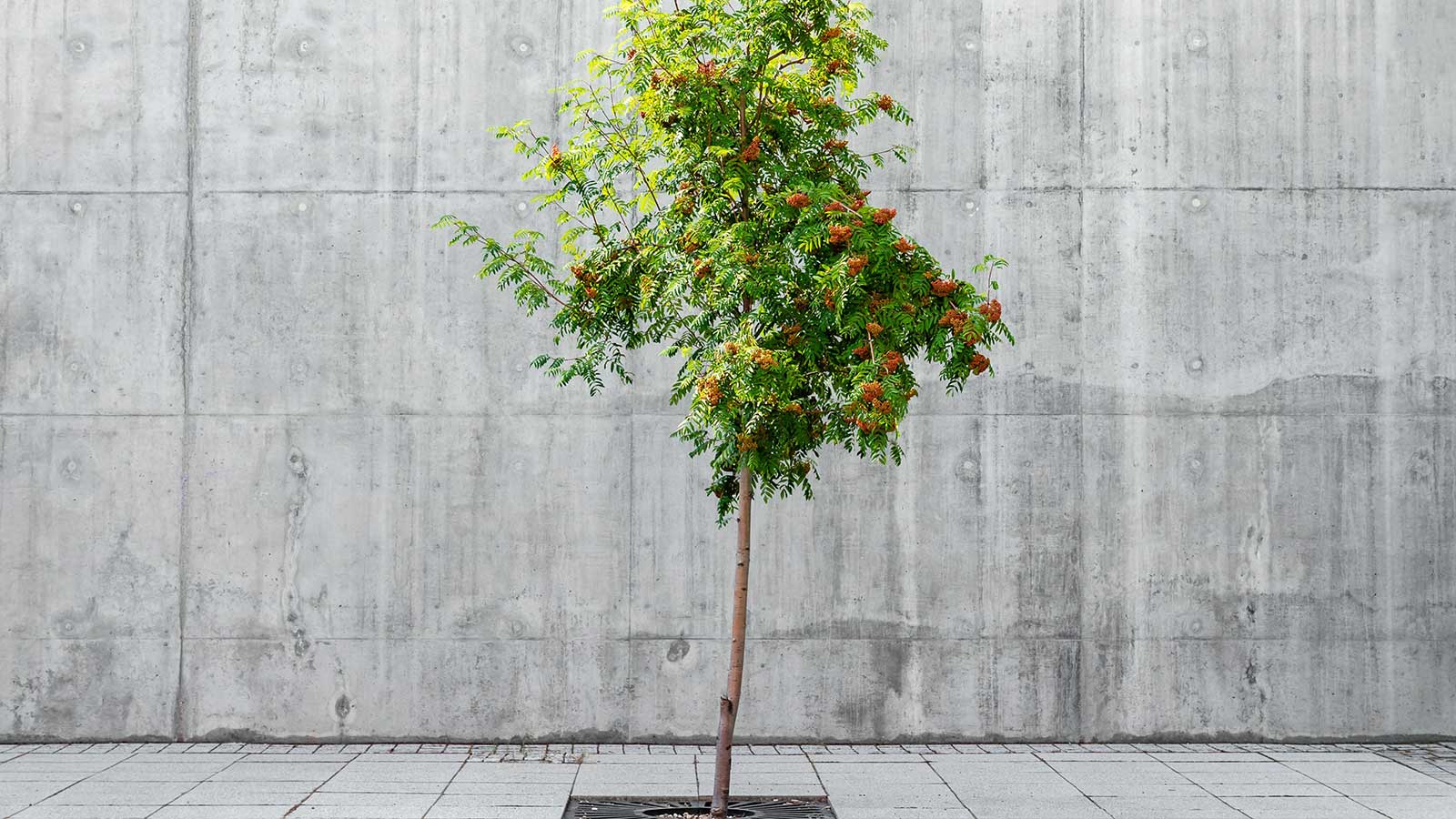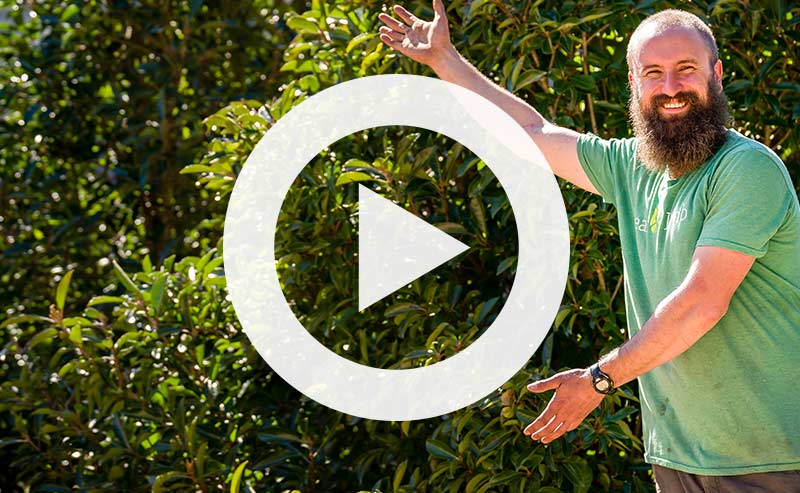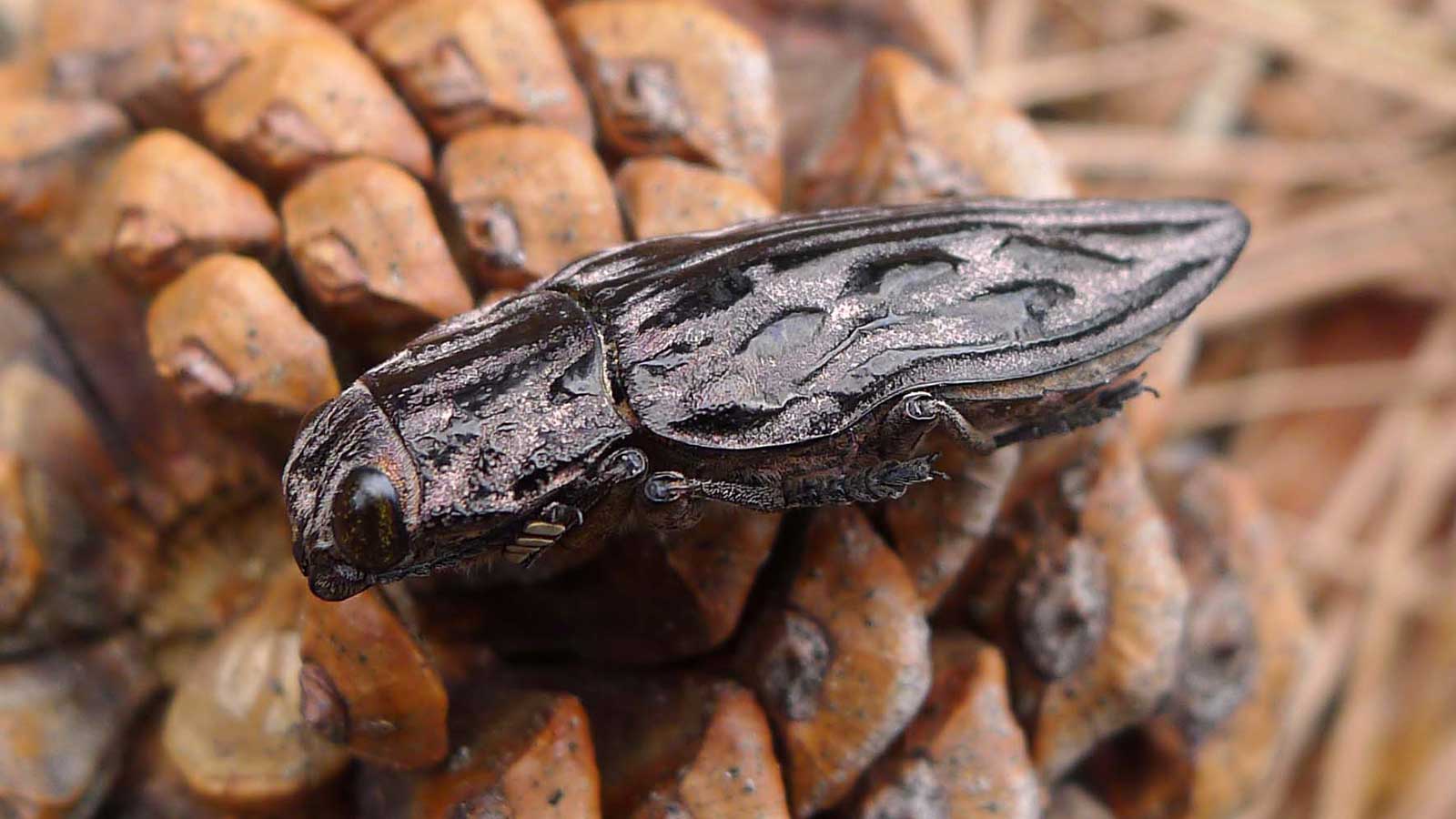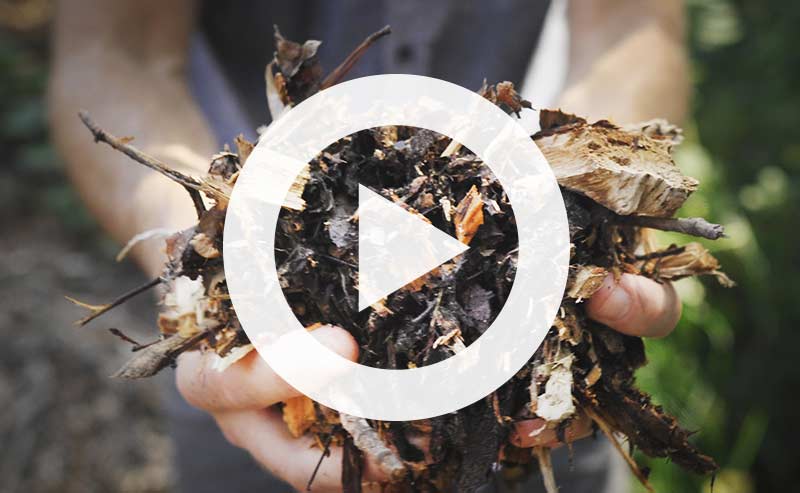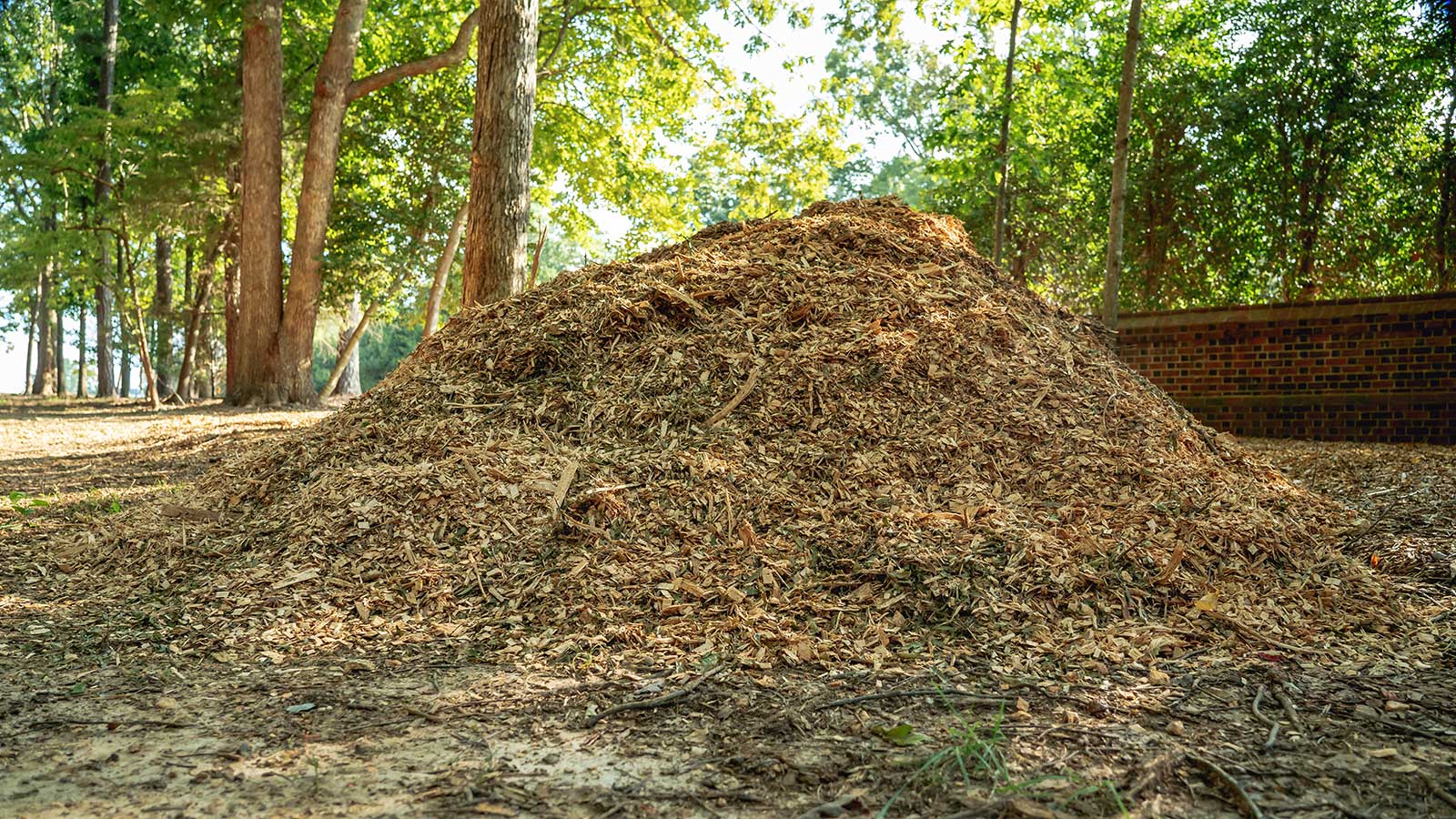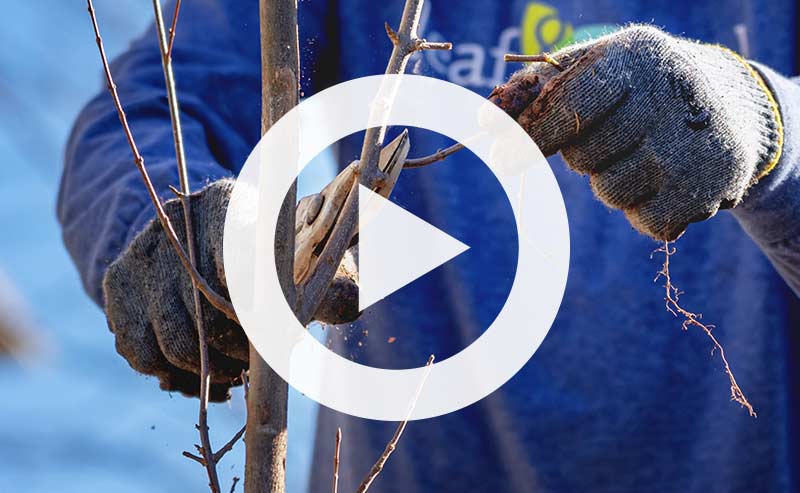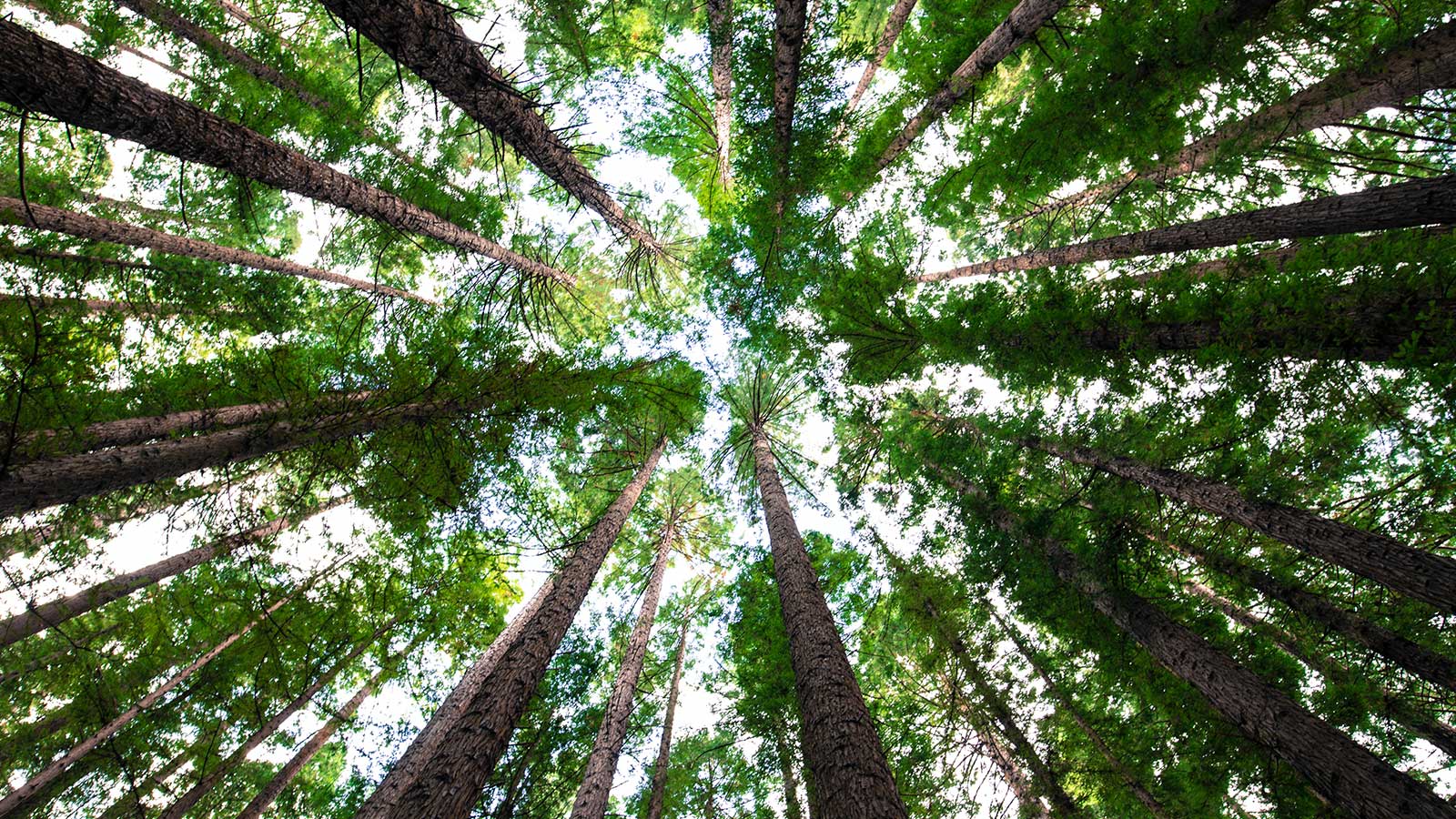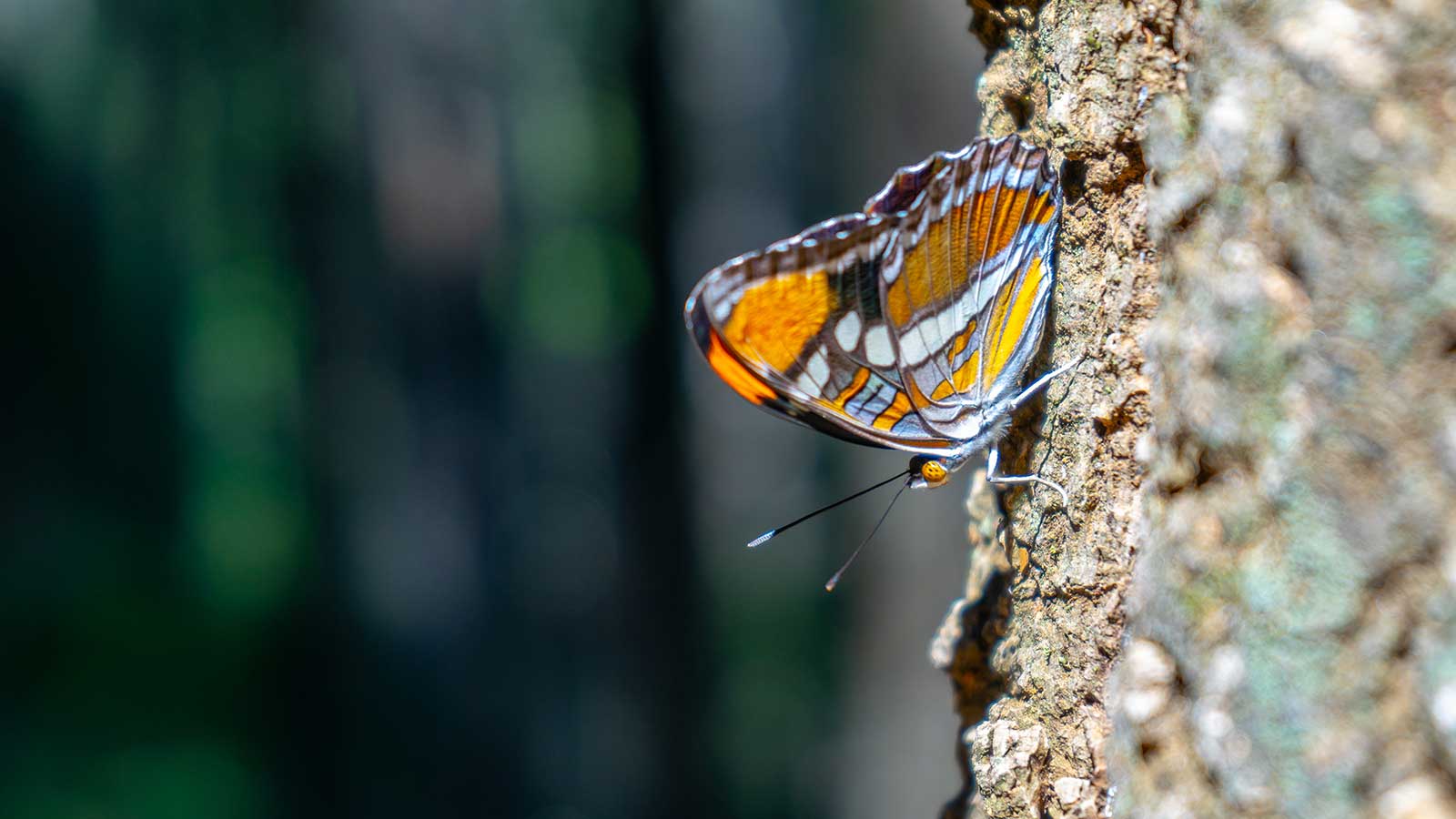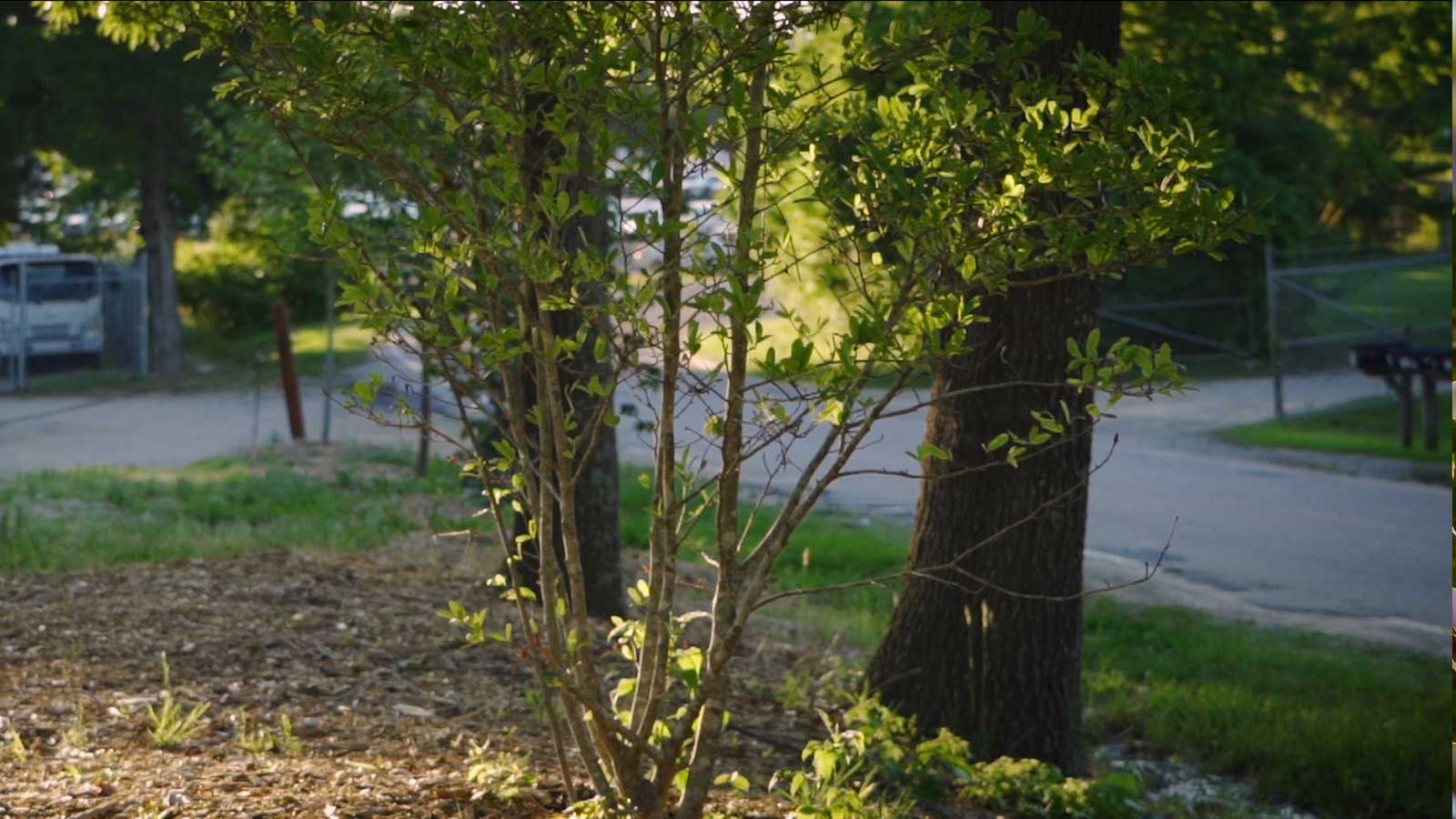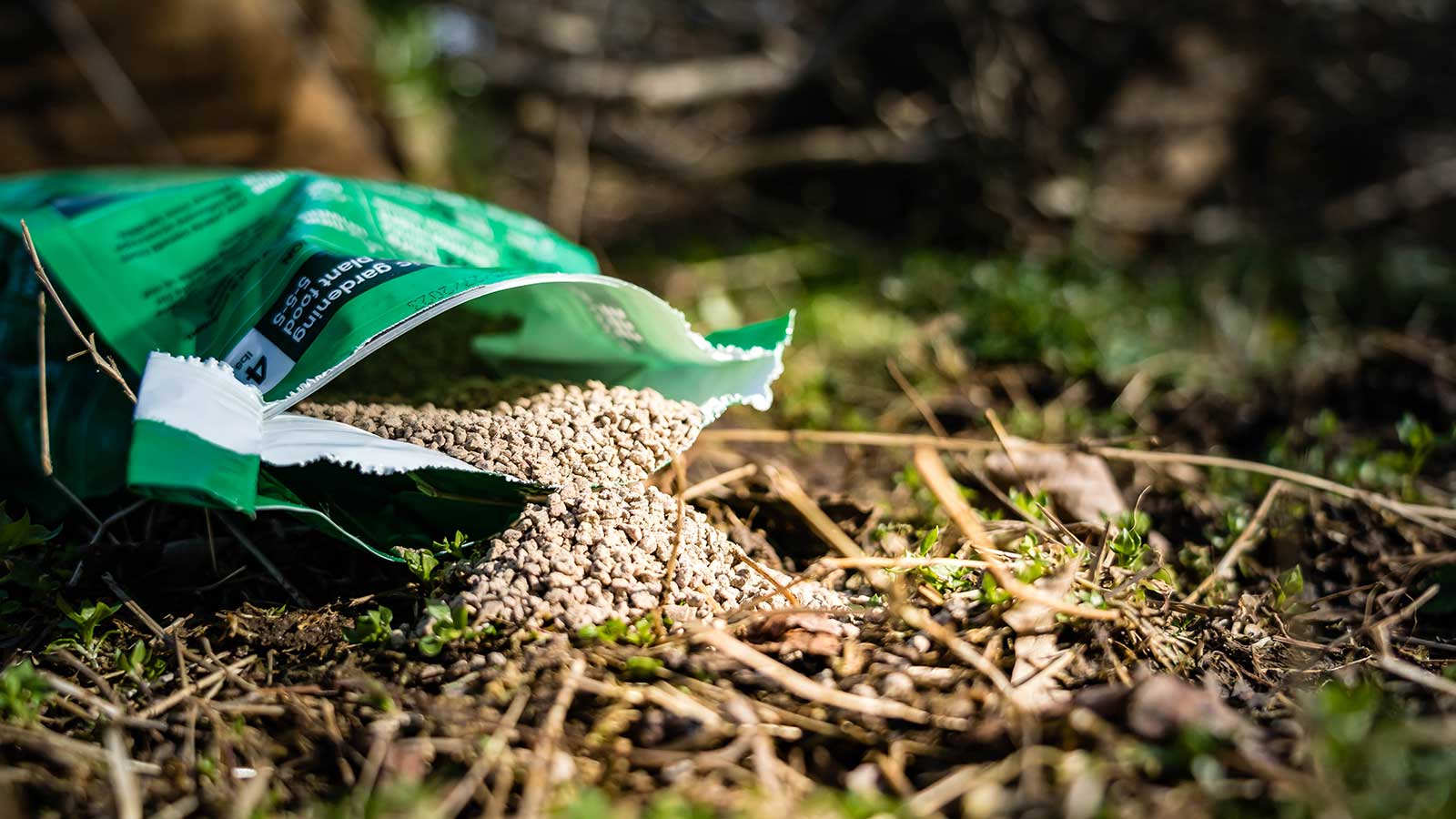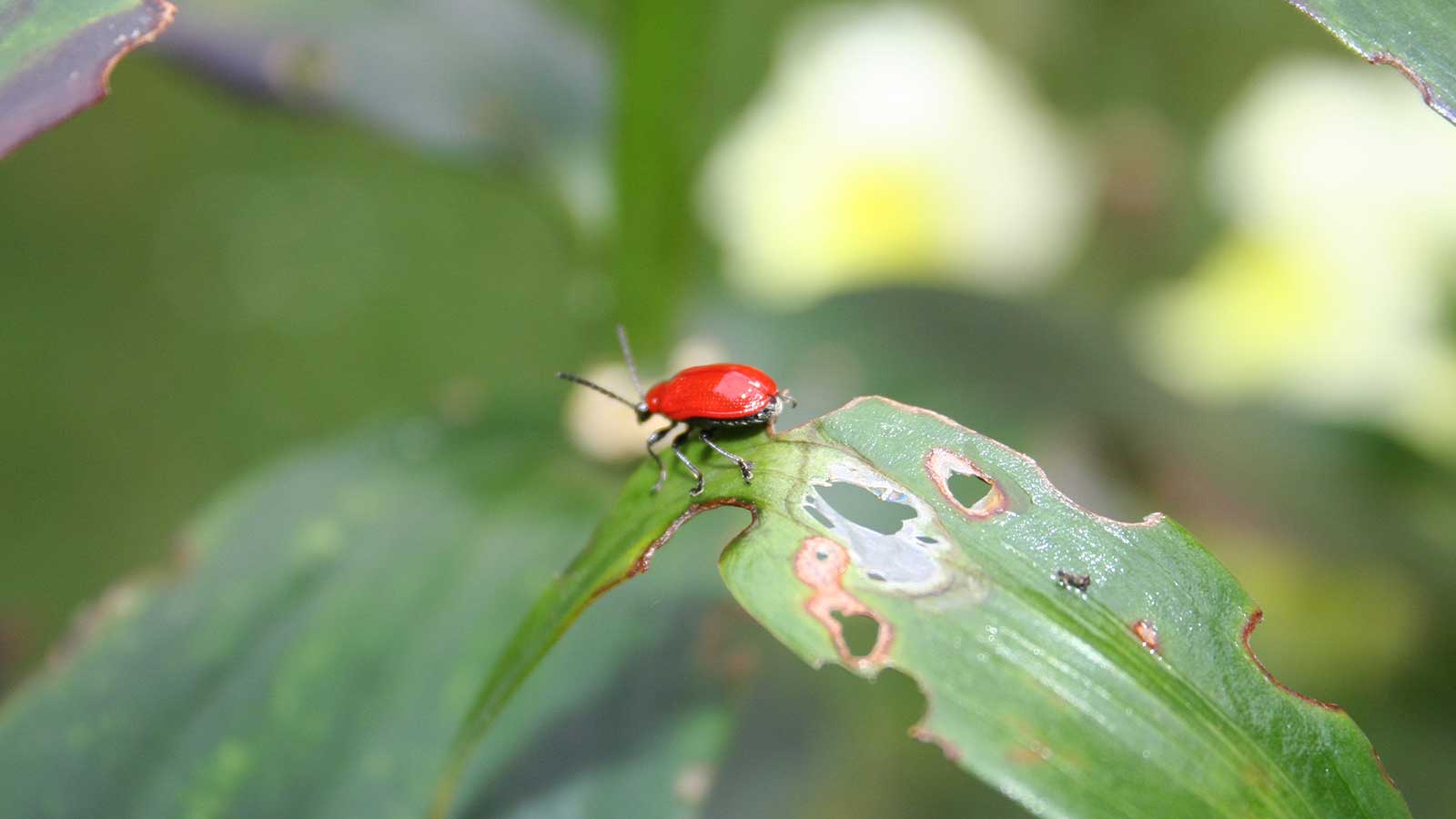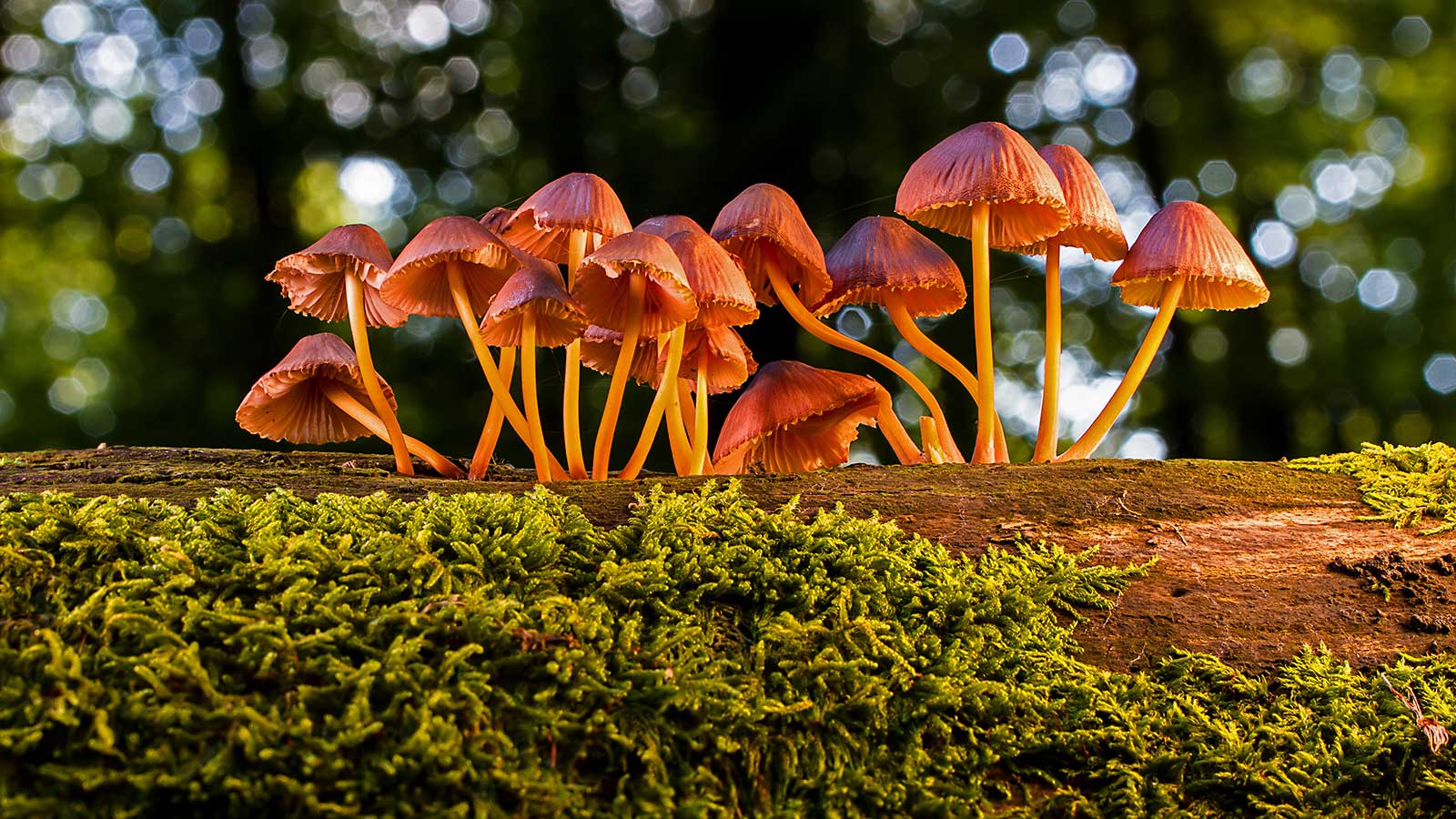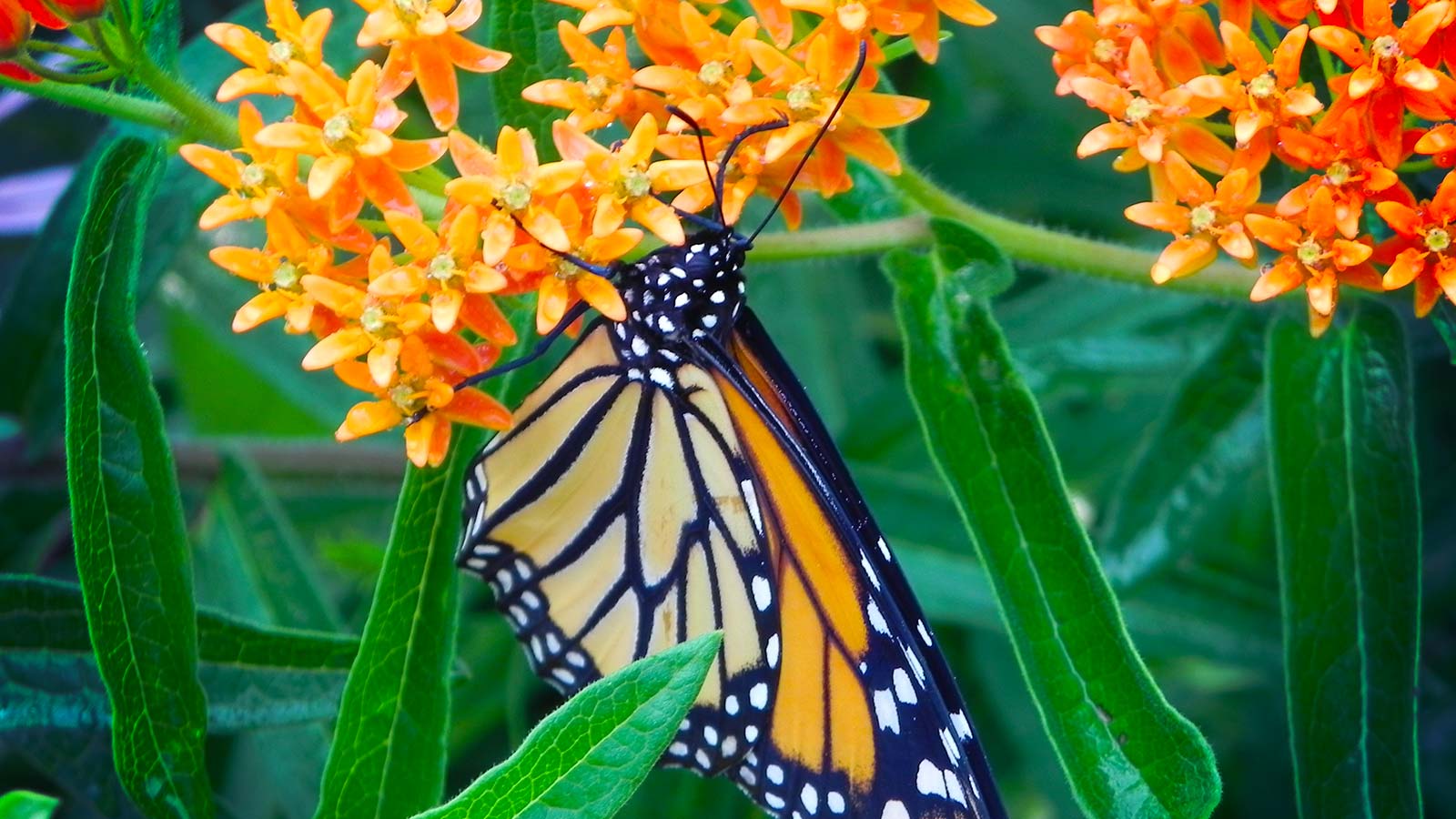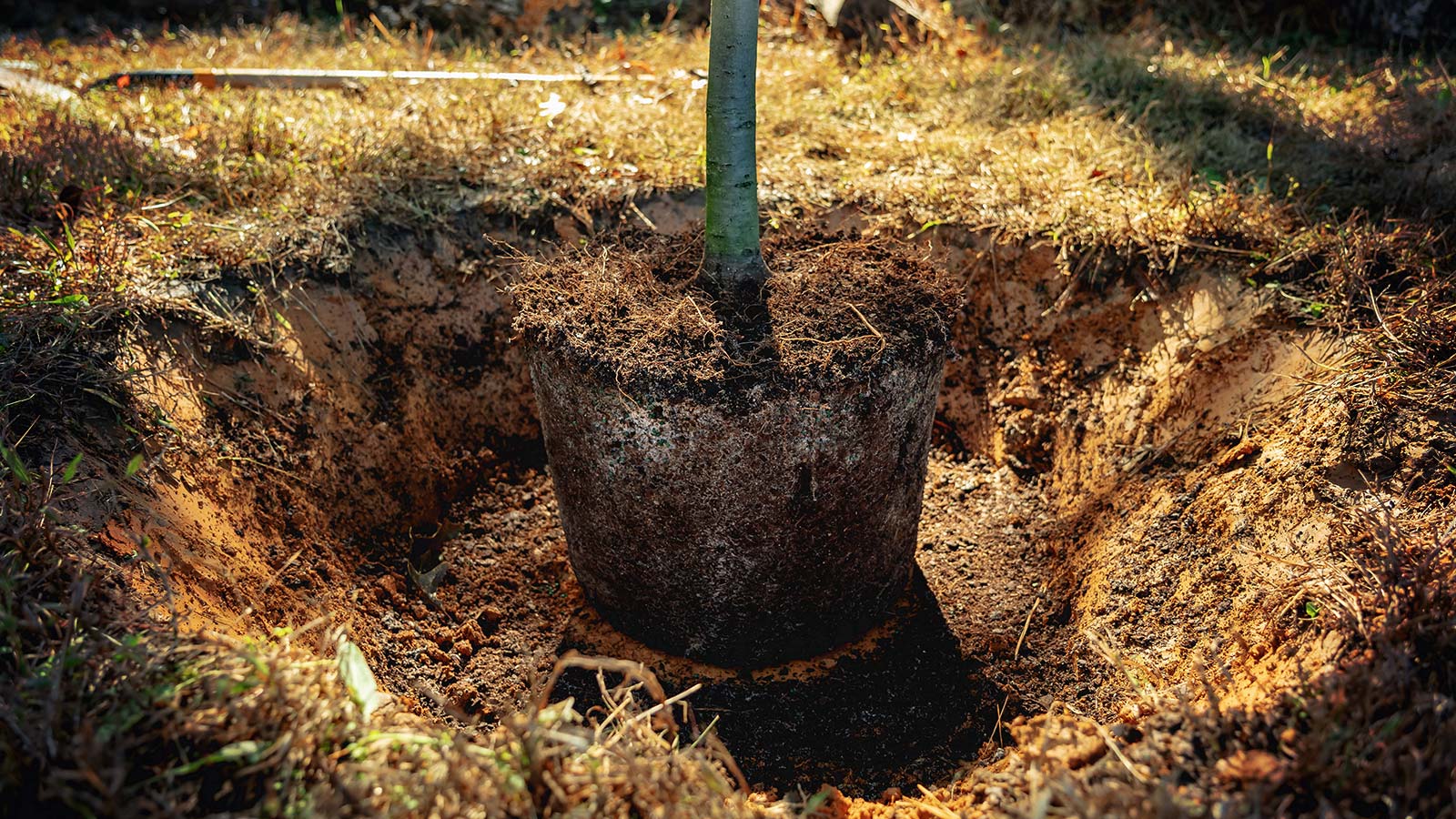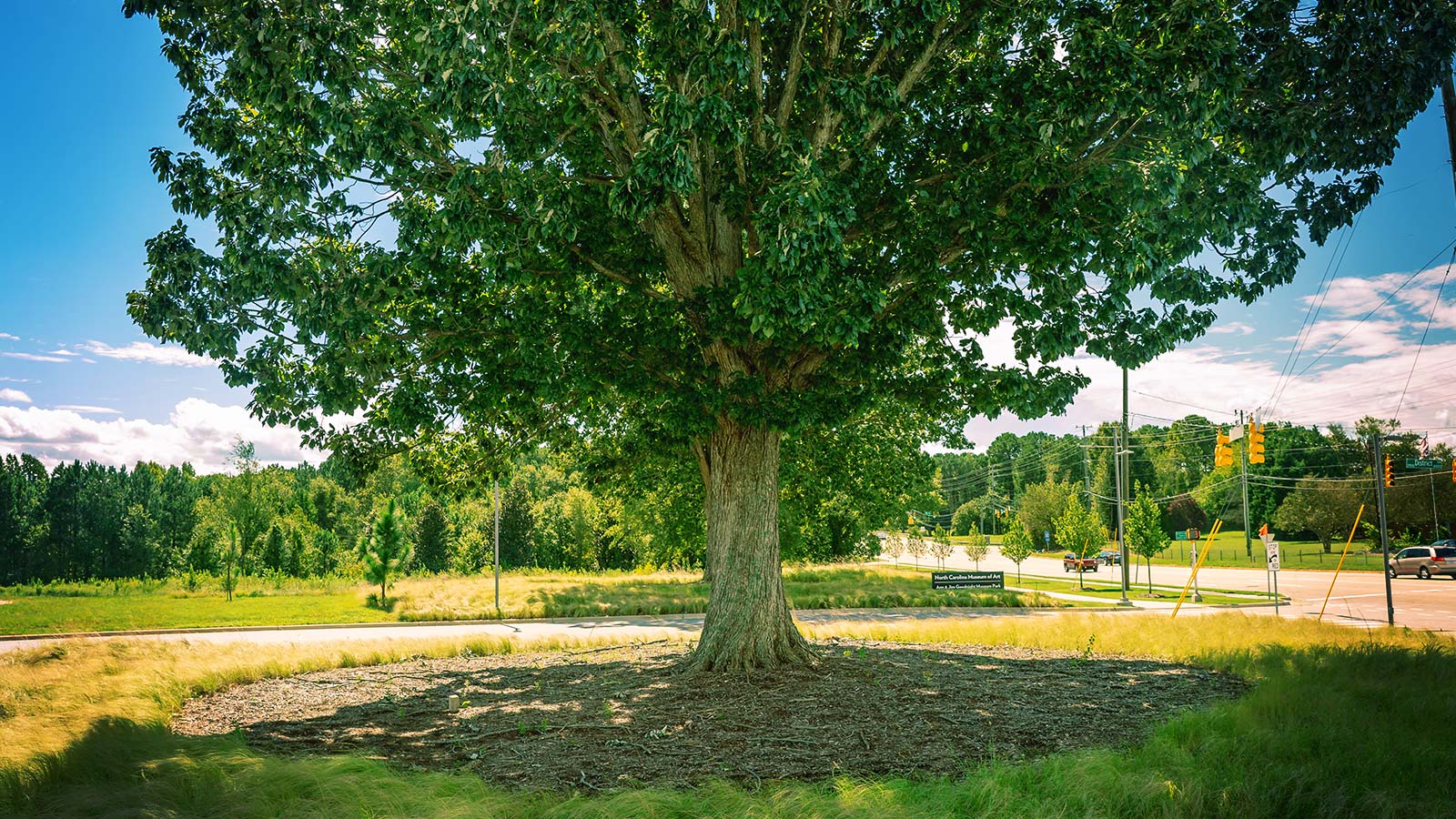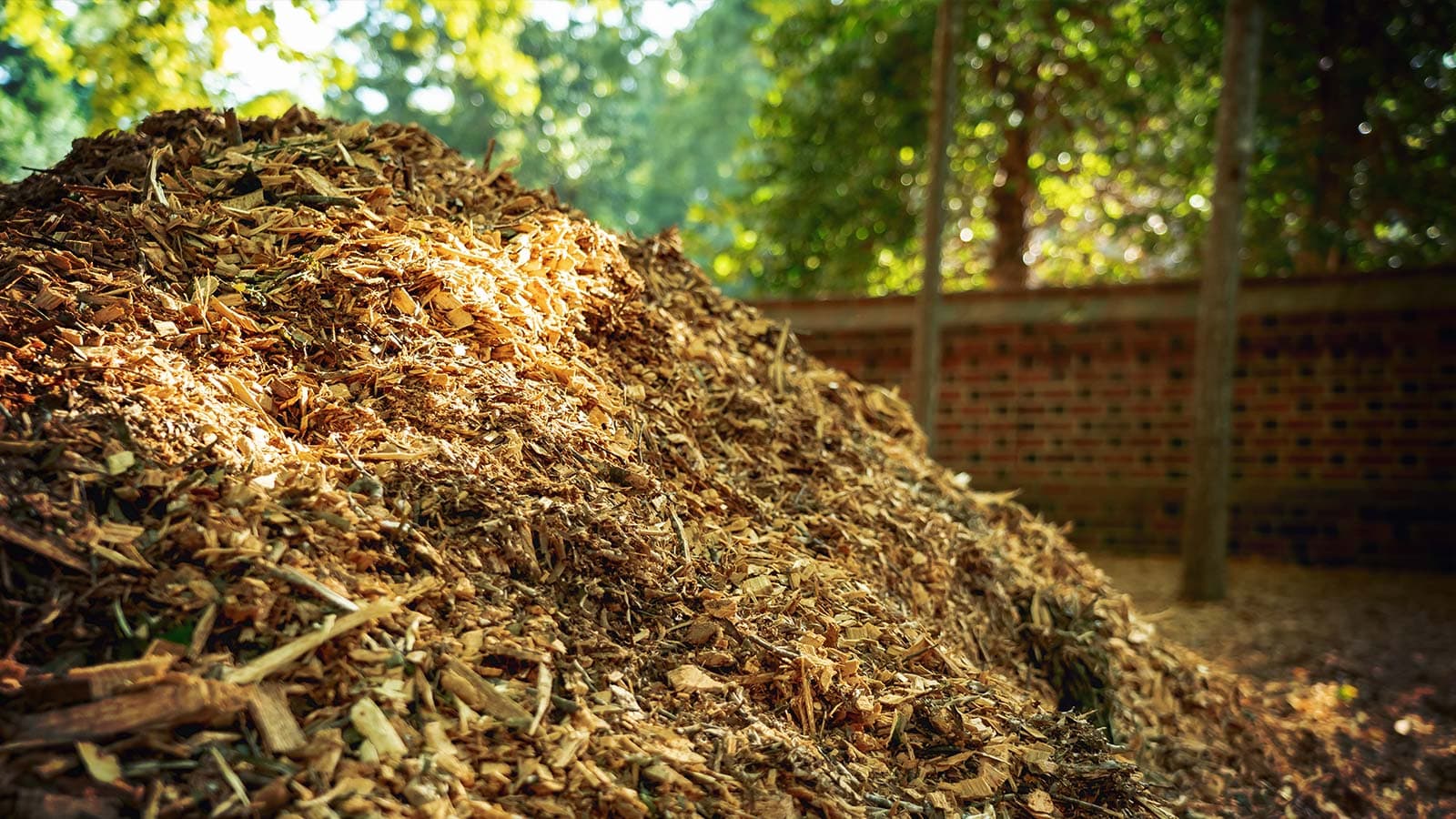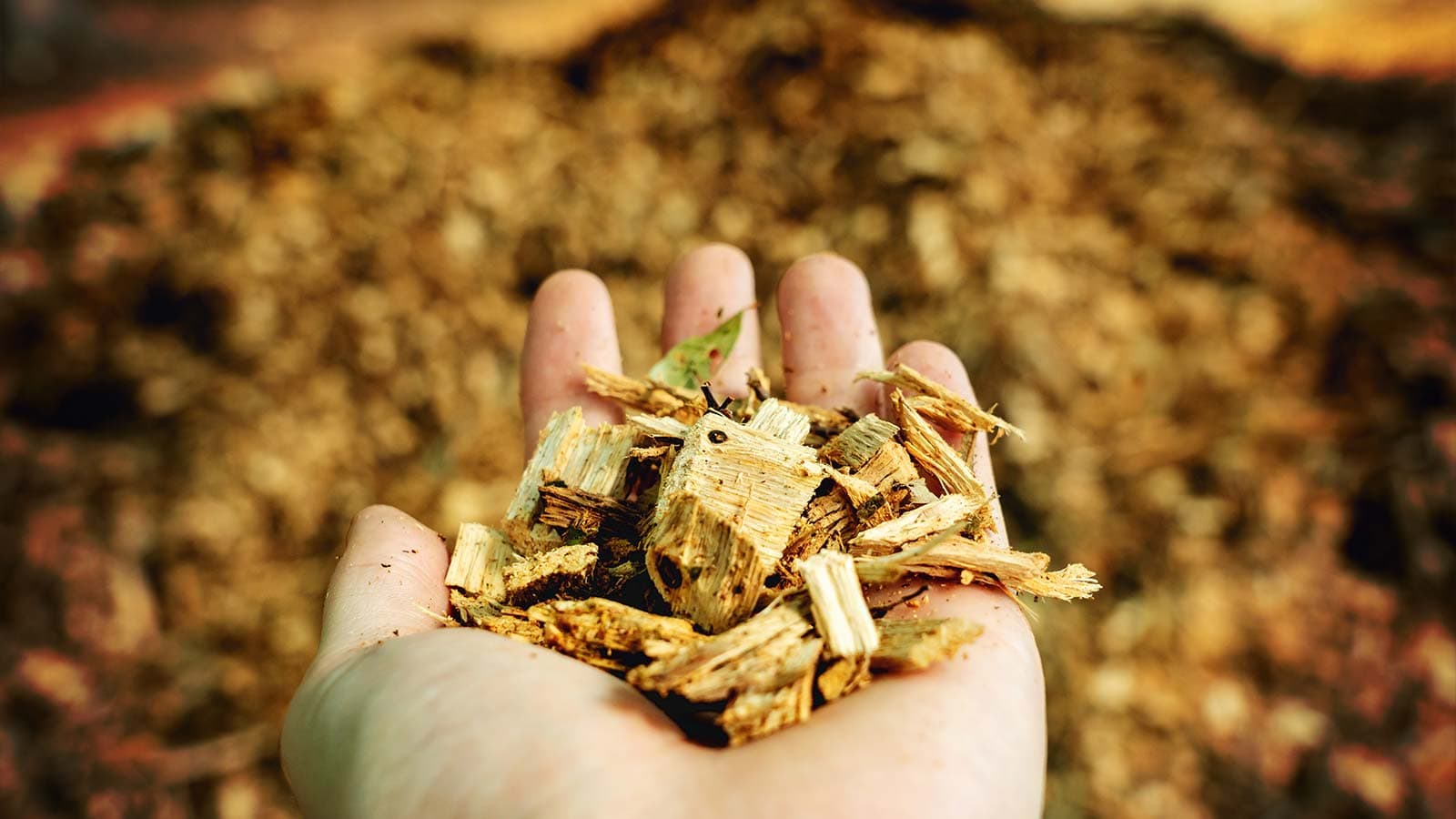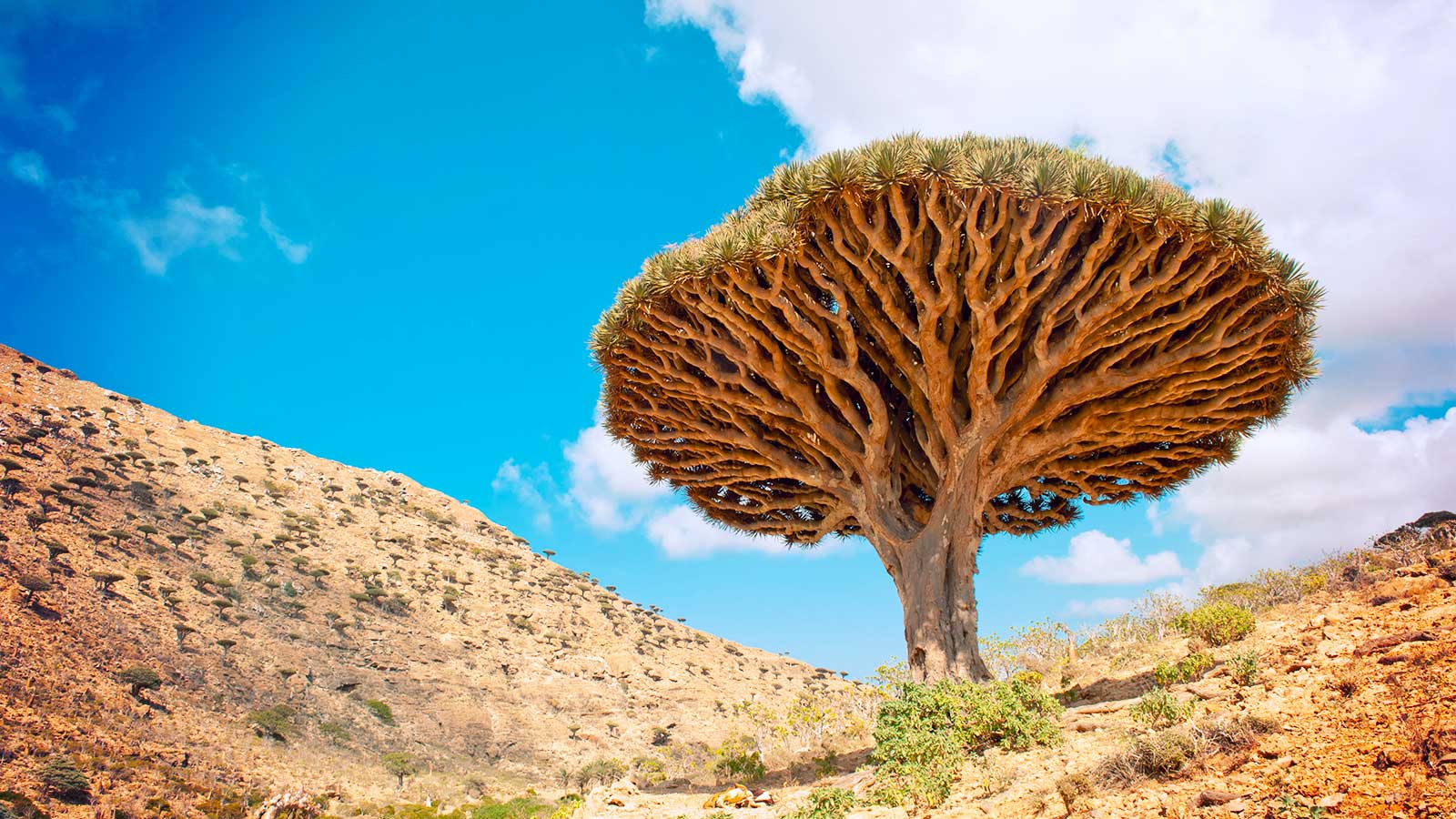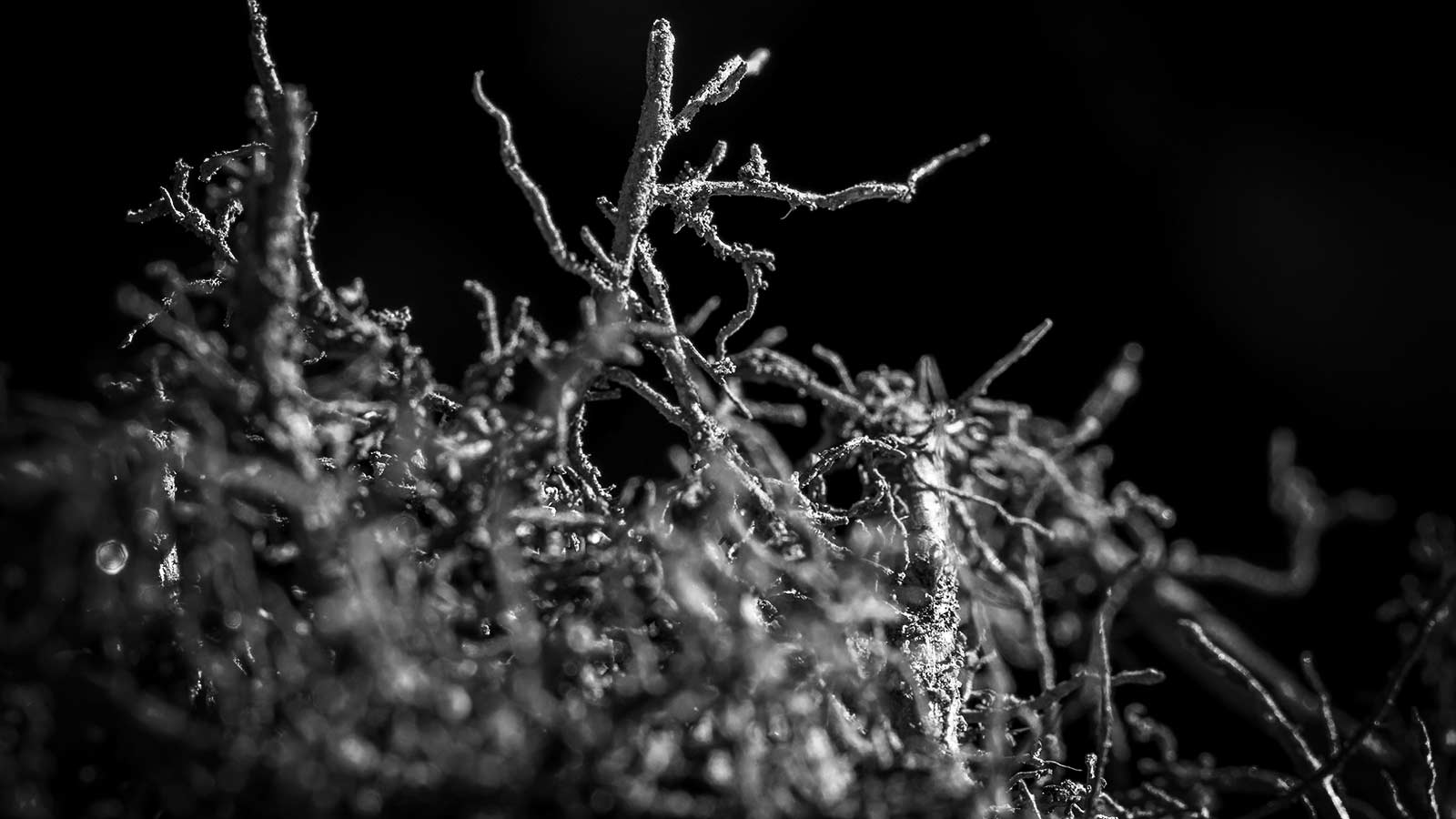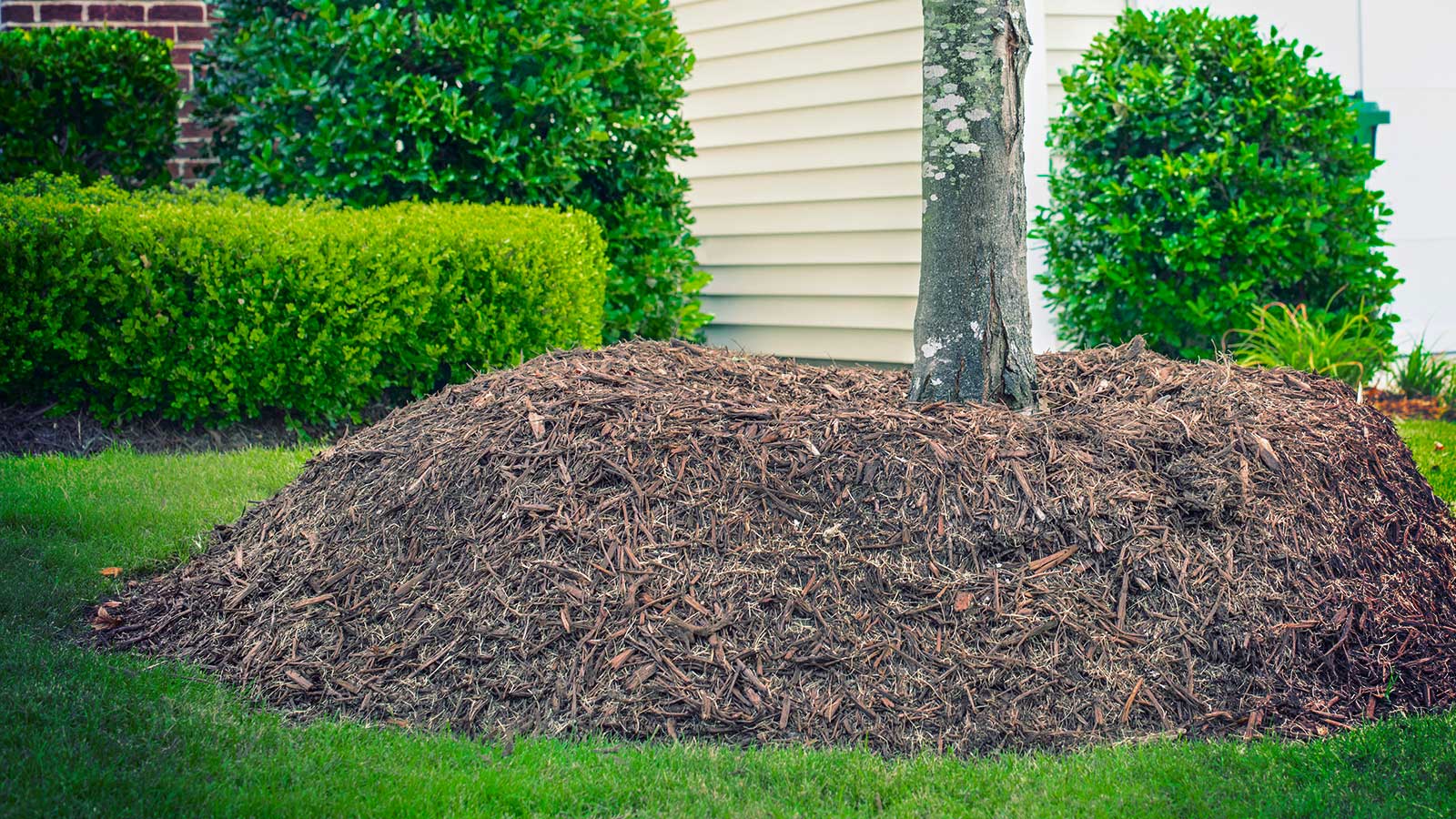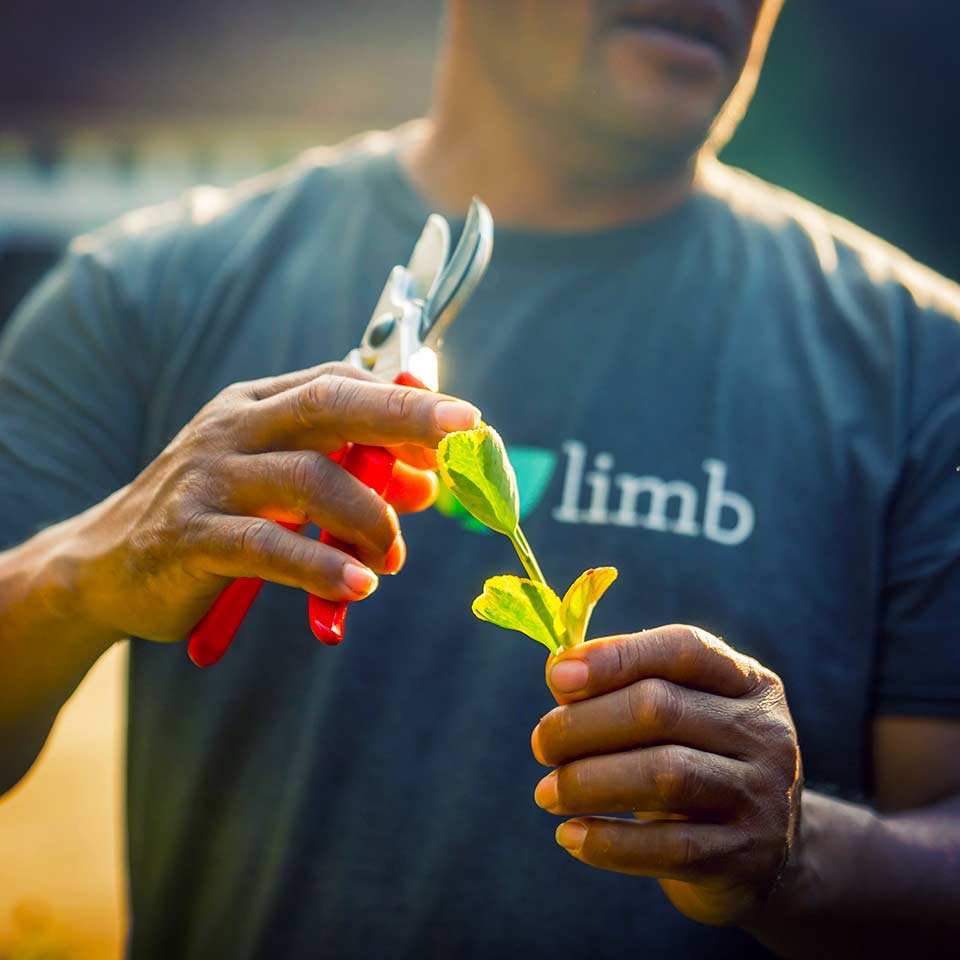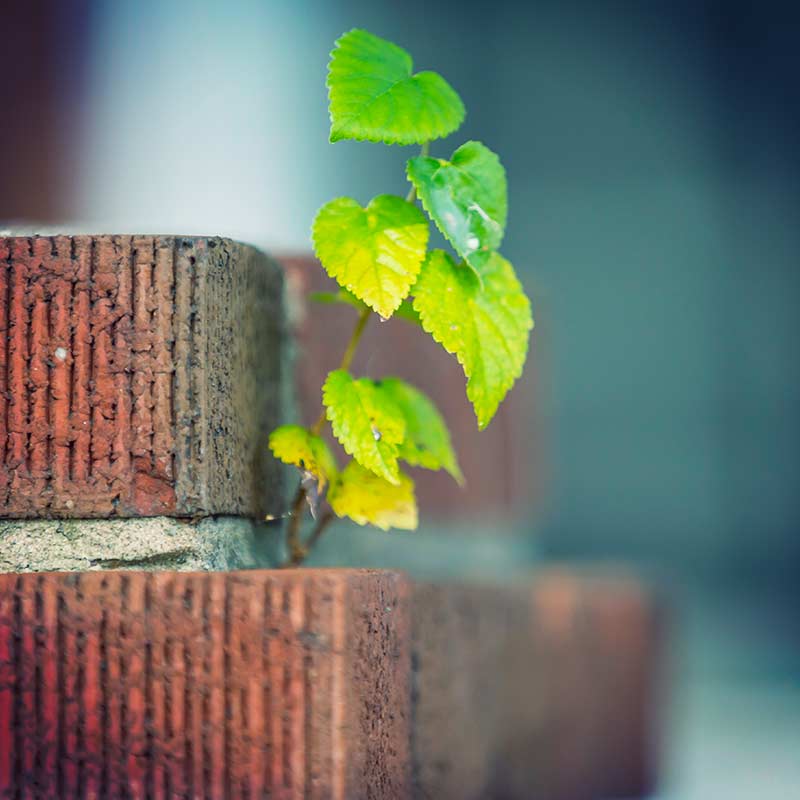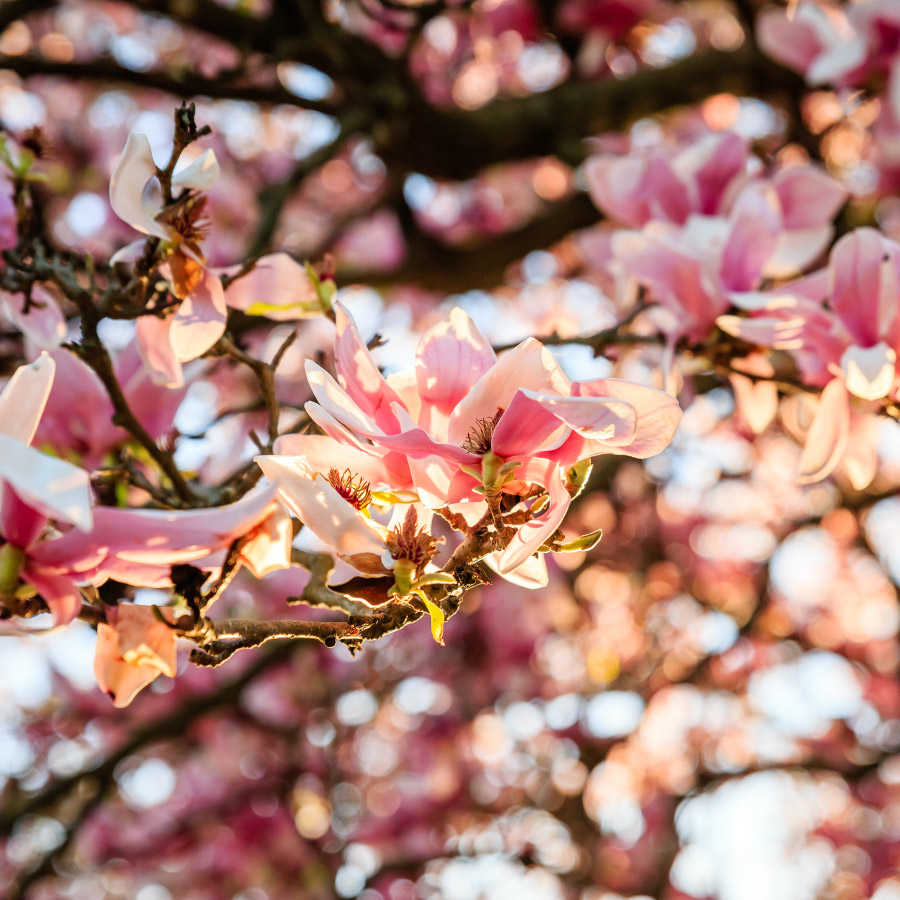October 2023 Treecologist Tribune
Fall is the Season for Soil Health

Are we officially in Autumn? Or do we have more warm weather around the corner? Hopefully, summer is behind us and leaves will start to turn color soon! With a few chilly nights over the weekend, we are seeing signs that this may be the case. But if the last several years are any indicator, then we will have more heat in the future. Last year, I saw leaves hanging on to Willow Oaks after Thanksgiving! The year before that, heat persisted until mid-November.
Stresses related to heat and water have been a top concern through summer and spring. Hot weather and a lack of rain stress trees and other plants. This makes them more susceptible to additional stresses, such as pest attacks. As the stresses mount and accumulate from past months and years, some trees succumb and die prematurely.
Let's start with temperatures. The good news is that temperatures have been cooling over the past several weeks. Highs were over 100 degrees Fahrenheit early in September; we are now seeing highs in the upper-70s to mid-80s. Trees' need for water diminishes as temperatures cool and water-related stress decreases. This is excellent news for trees and many other plants!
Now, let's talk about water. Since Aug 29 (the date of the last Treecologist Tribune), we have received over 6.5" of rain! Unfortunately, most of this (around 5.5") happened in two significant events on Sept 8/9 and Sept 22/23. The only other rain events were .8 inches from Aug 26 to Aug 31 and then .3 inches on Sept 16.
Fast and heavy rainfalls are only helpful if we have deep, healthy soil that can absorb a lot of water and hold it in place for trees to use for days and weeks following the rain event. However, most soil in the Triangle is badly degraded due to development and hundreds of years of conventional agriculture. This means it isn't able to absorb or store much water. So, while we did have a lot of rain, much of it was of little use to the trees and plants that need it.
The way out of this trap is to focus on creating abundant, healthy soils here in the Triangle. Two of the best ways we can do this are:
- Plant more native trees, shrubs, and flowers. We need to increase our green cover substantially. If given the chance, plants will create healthy soils.
- Reduce the use of chemicals and fertilizers for lawns, trees, farms, and other land management pursuits. These kill life in the soil. Use neem oil, compost, and other natural options that work with natural systems instead of against them.
The cool thing is that if we could collectively do this across a large area, we would also help restore more frequent and less heavy rainfall, which is typical in a healthy ecosystem.
What else is going on in our local tree ecosystem? Here are some highlights:
- As temperatures drop, many growing season pests will reduce their activity. We have seen this in the field. There is some activity from Orange Striped Oakworm, Crape Myrtle Bark Scale, Ambrosia Beetles, and a handful of other insects. But overall, pest activity is receding.
- We are seeing mushrooms emerge! Most mushrooms are harmless (and some are quite delicious!), but there are a few we worry about in terms of tree health. The prime concerns are:

Ganoderma lucidum, aka Reishi
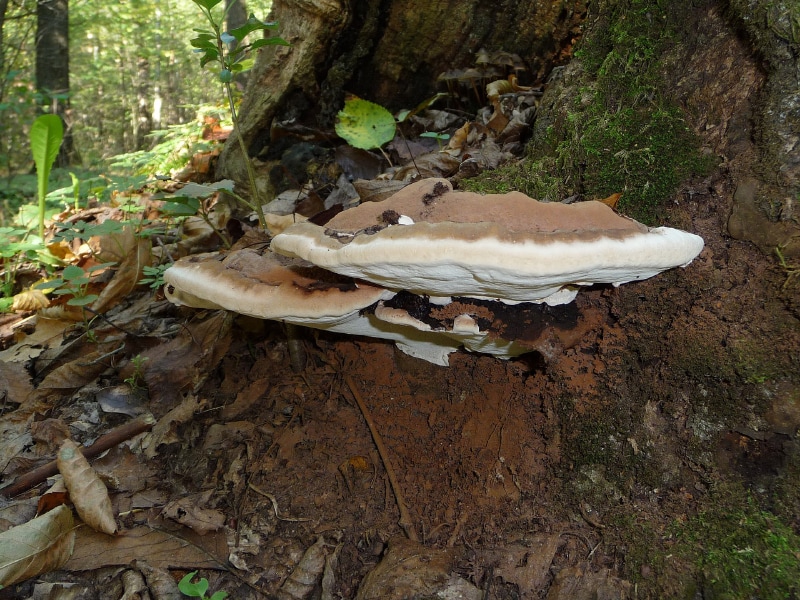
Ganoderma applantum, aka Artist Conk
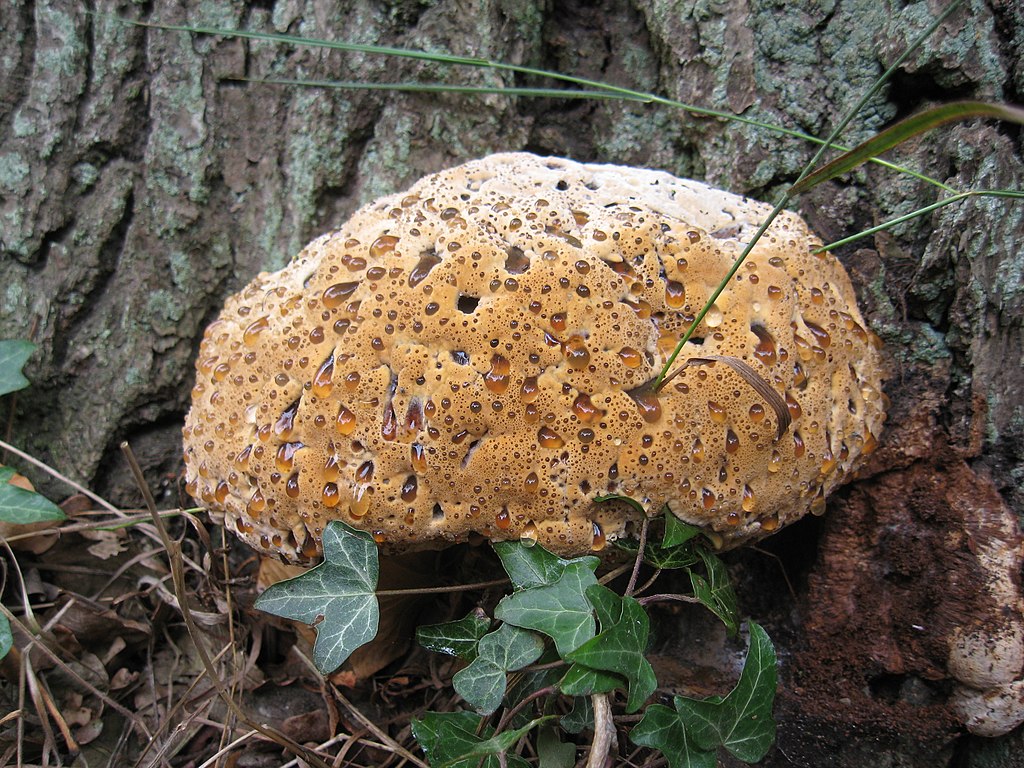
Inonotus dryadeus, aka Weeping Conk
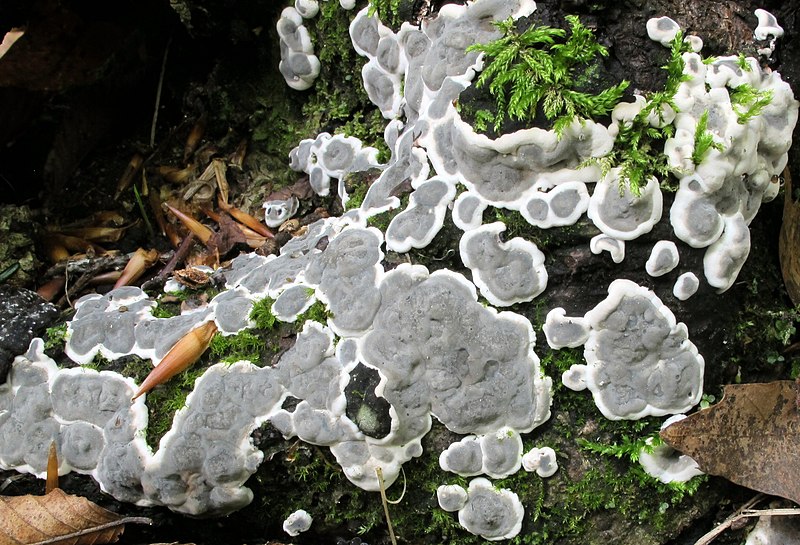
Kretzschmaria deusta, aka Brittle Cinder

Armellaria mellea, aka Honey Fungus
- We are seeing a lot of signs of phytophthora, particularly on Oaks and Maples, likely due to the heat and water stresses of the past months. Phytophthora, a harmful fungi, appears as black spots and black ooze at the base of the trunk (not to be confused with oozing slime flux, which smells like vinegar and attracts many insects). The best way to address this issue is by improving the health of the soil in which the tree is growing. The dormant season is an excellent time to focus on soil health.
As we exit the growing season and enter the dormant season, I recommend you focus on increasing soil health around your trees and shrubs. An easy and very effective way to do this is to create beds under all of your trees and shrubs that consist of fallen leaves, arborist wood chips, and compost. Extend the beds to the edge of the canopy or beyond – more is better.
Before I sign off, I would love to ask for your feedback. How are you enjoying the Treecologist Tribune? Have any suggestions about how we could make it more helpful or more enjoyable? And, last but not least, I would love to answer some reader questions in the coming months! Please send us your questions by replying to this email or sending a note to info@leaflimb.com.
I hope you have an excellent October!
